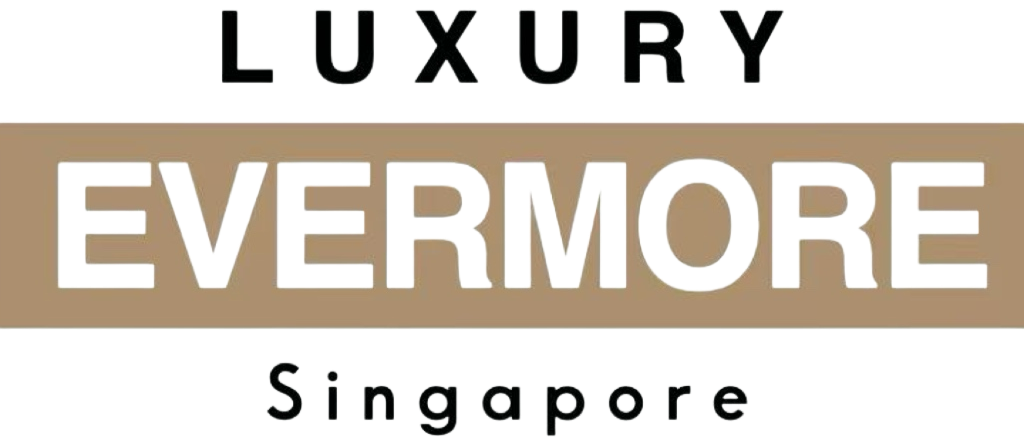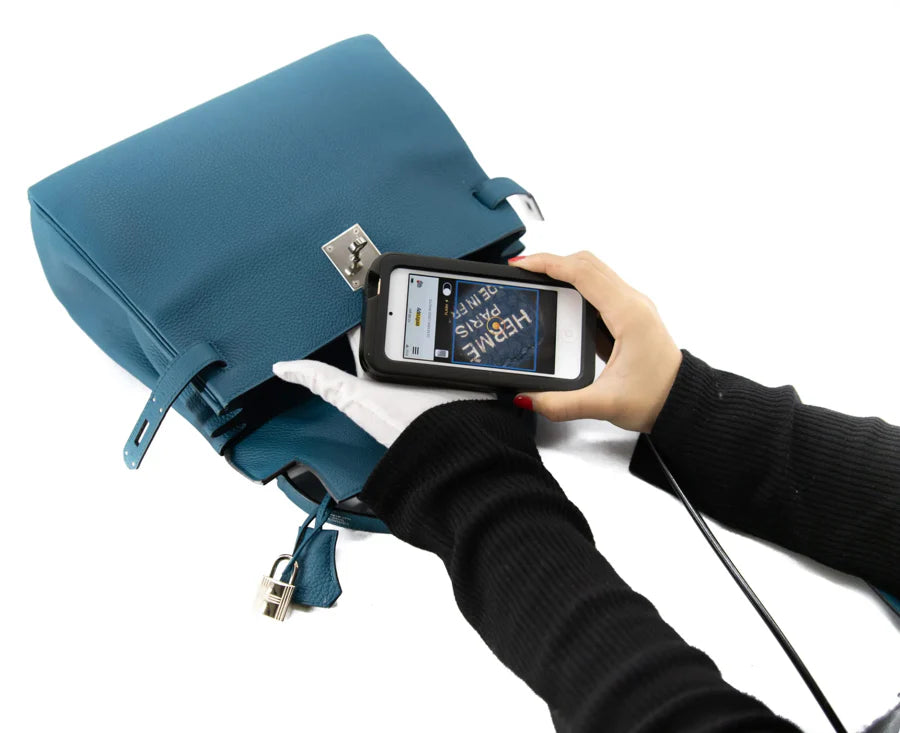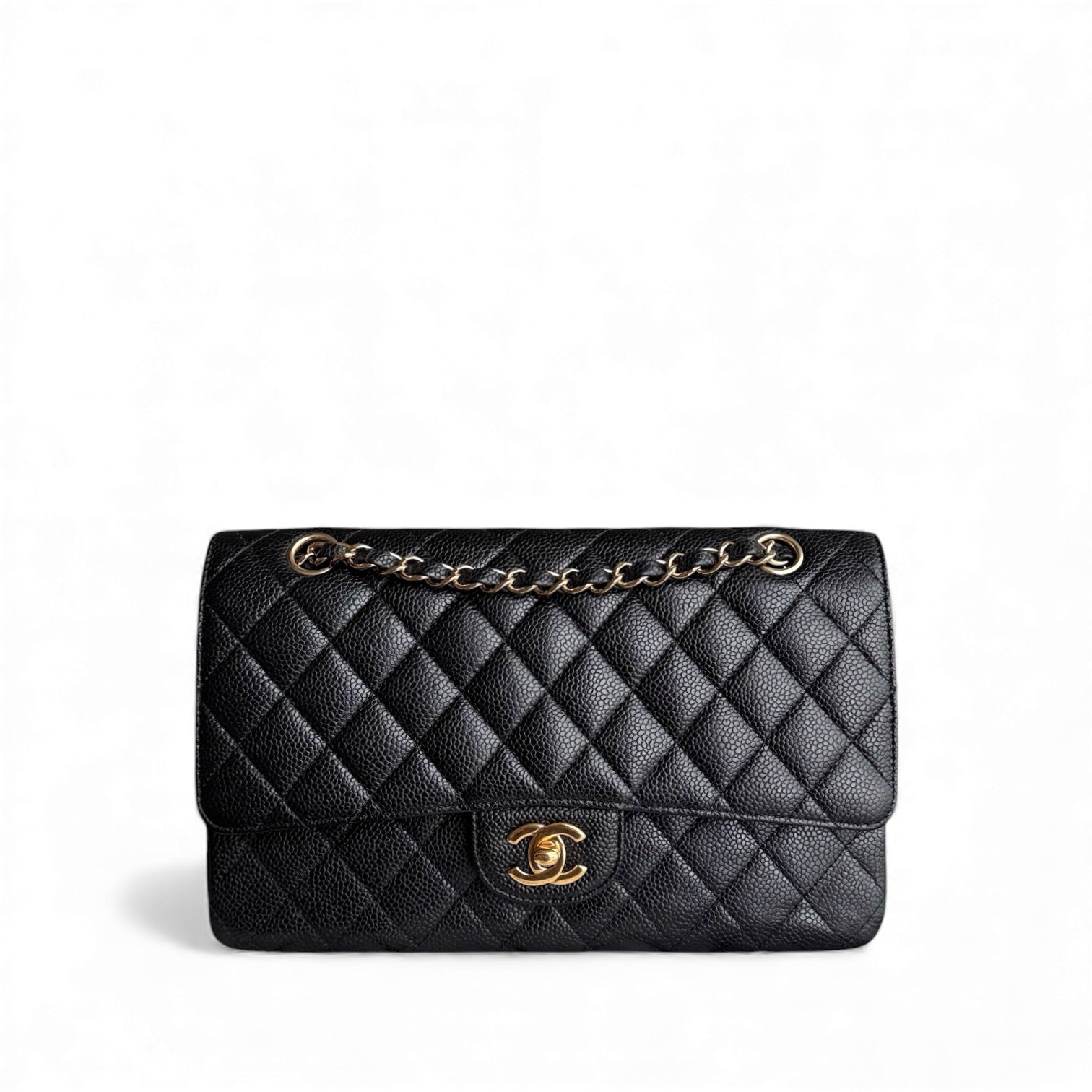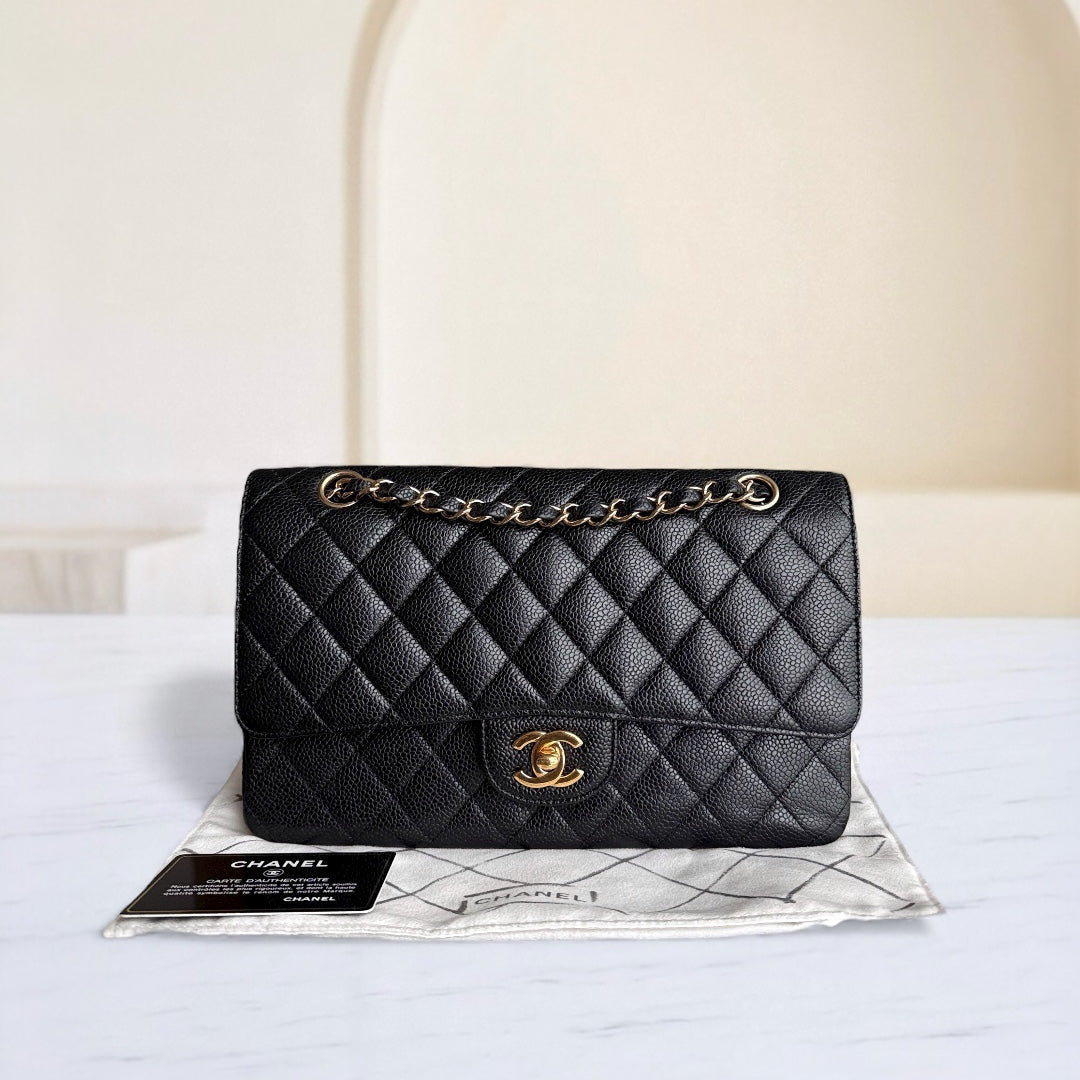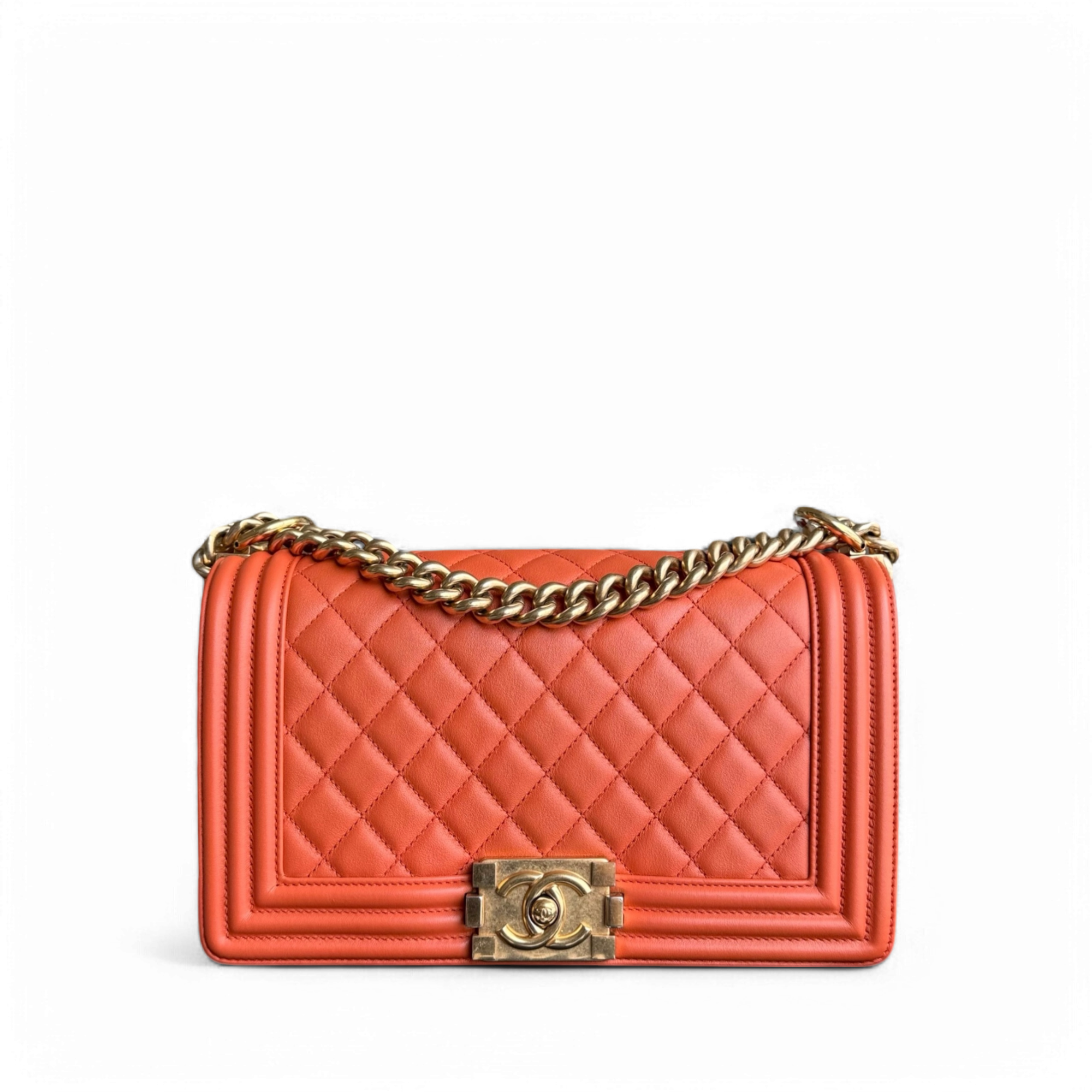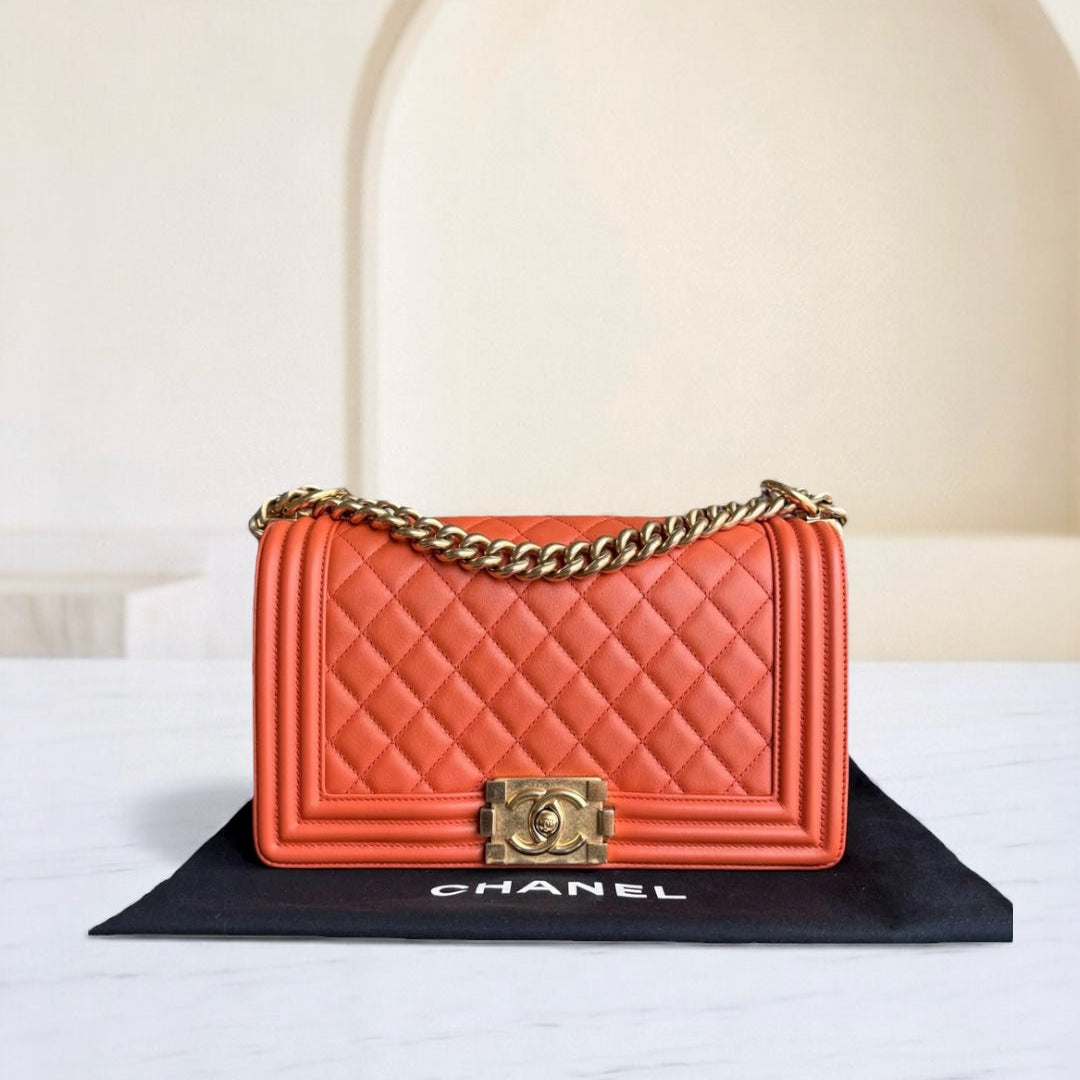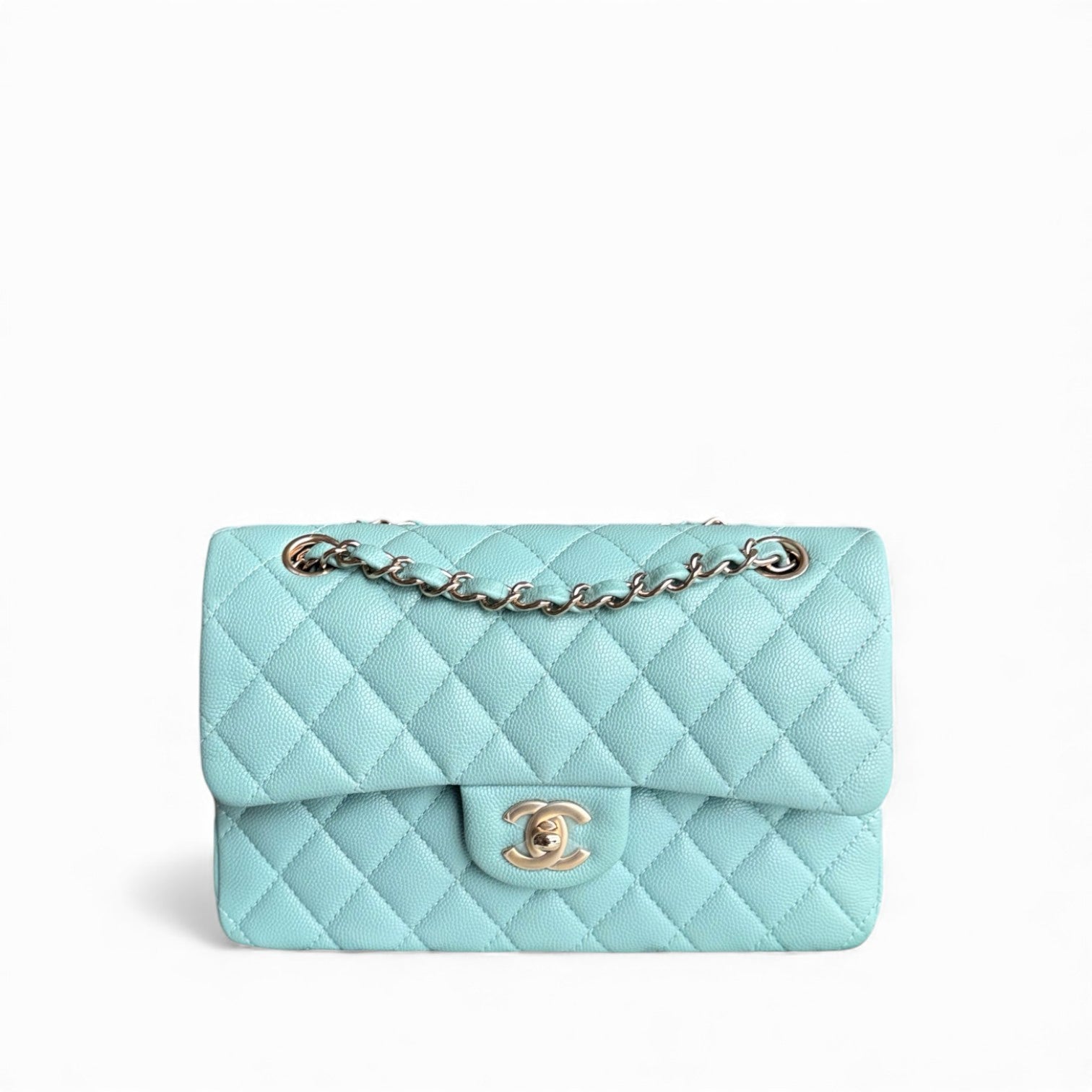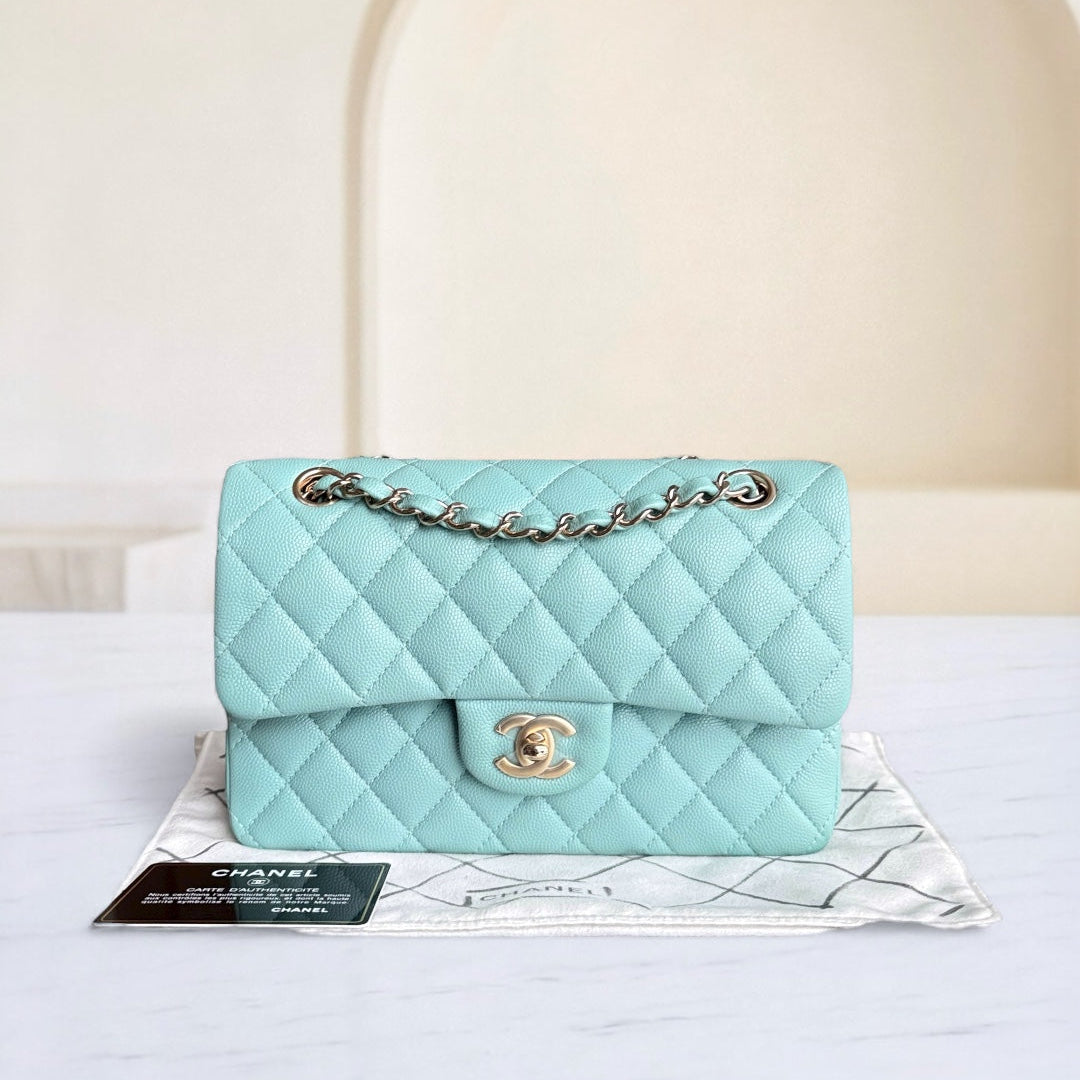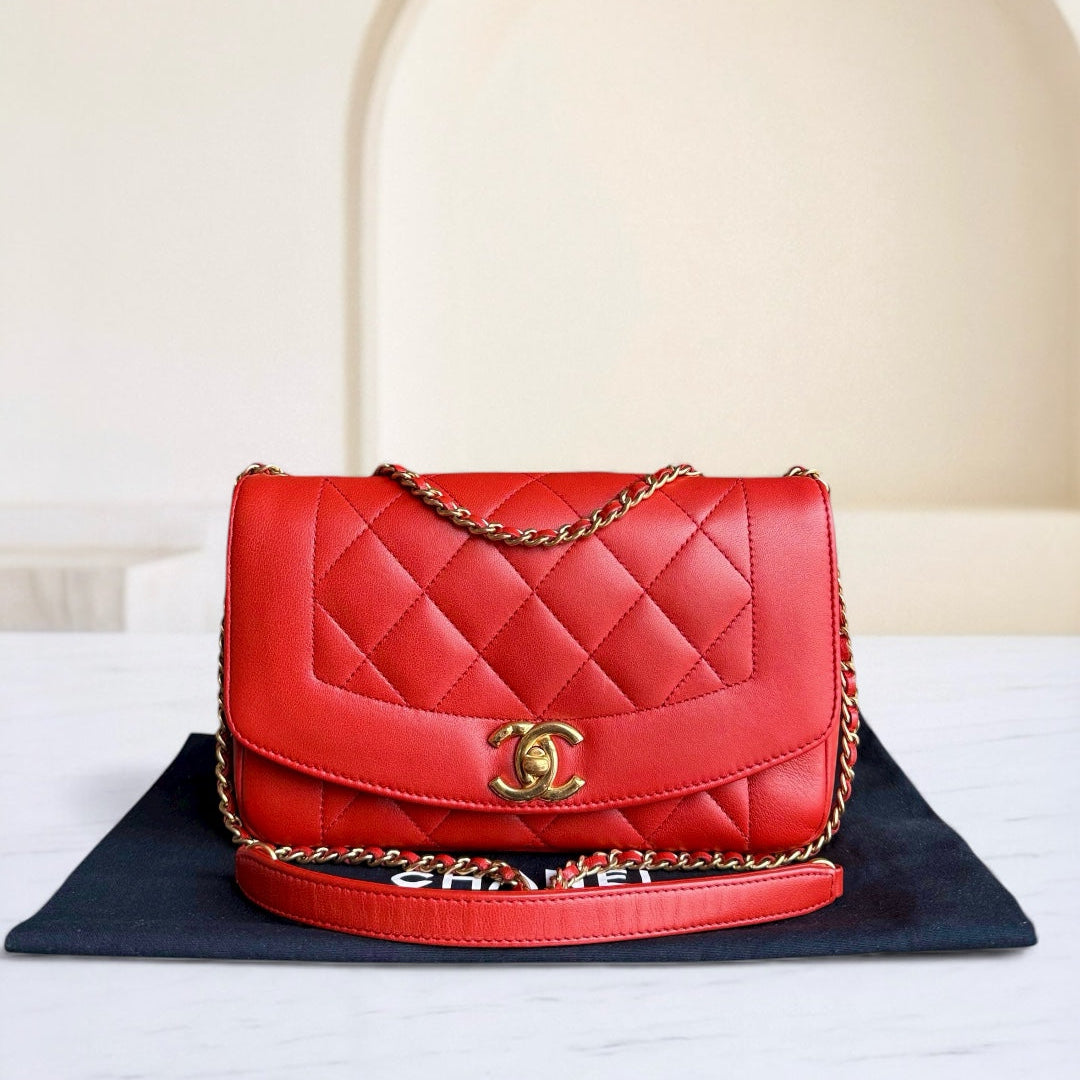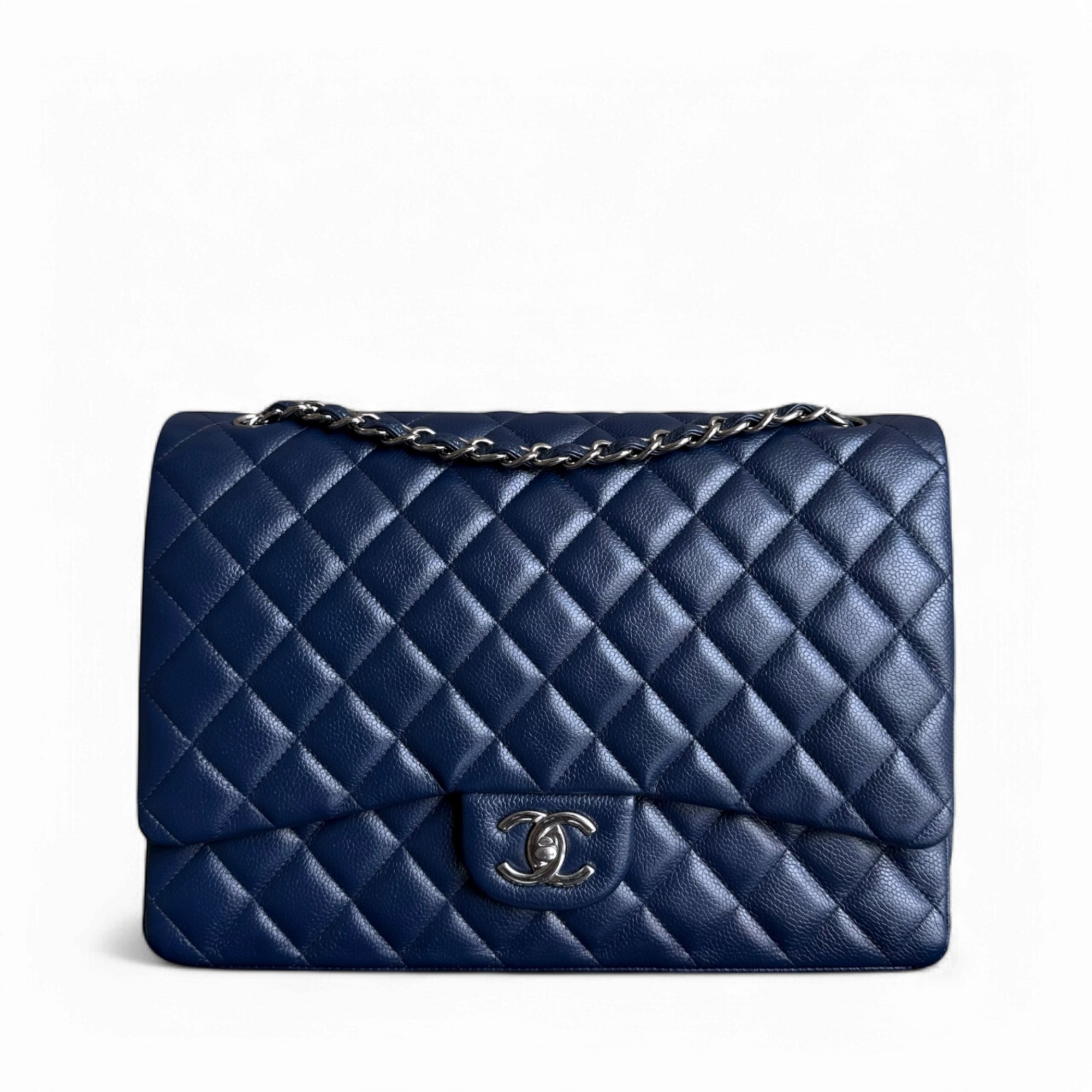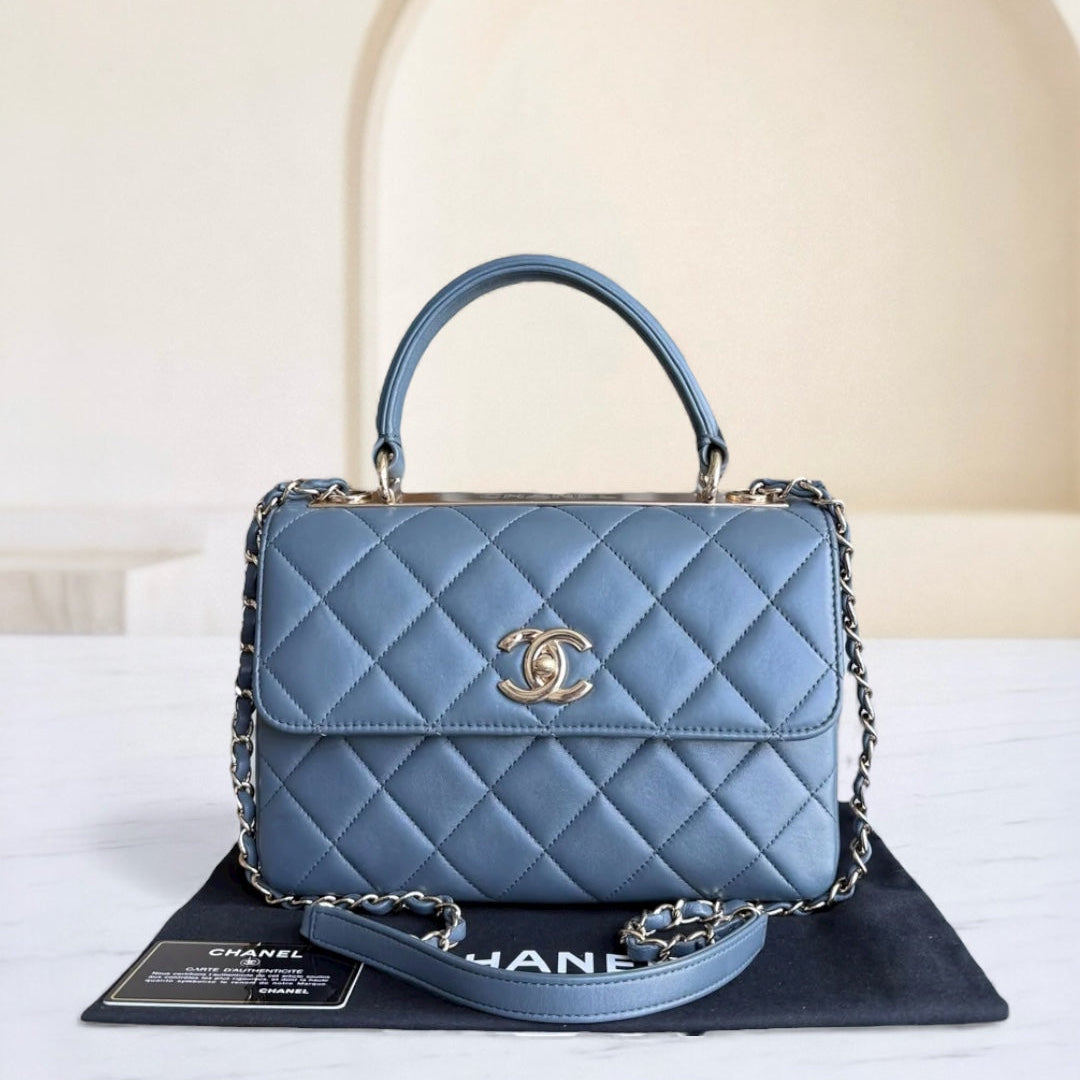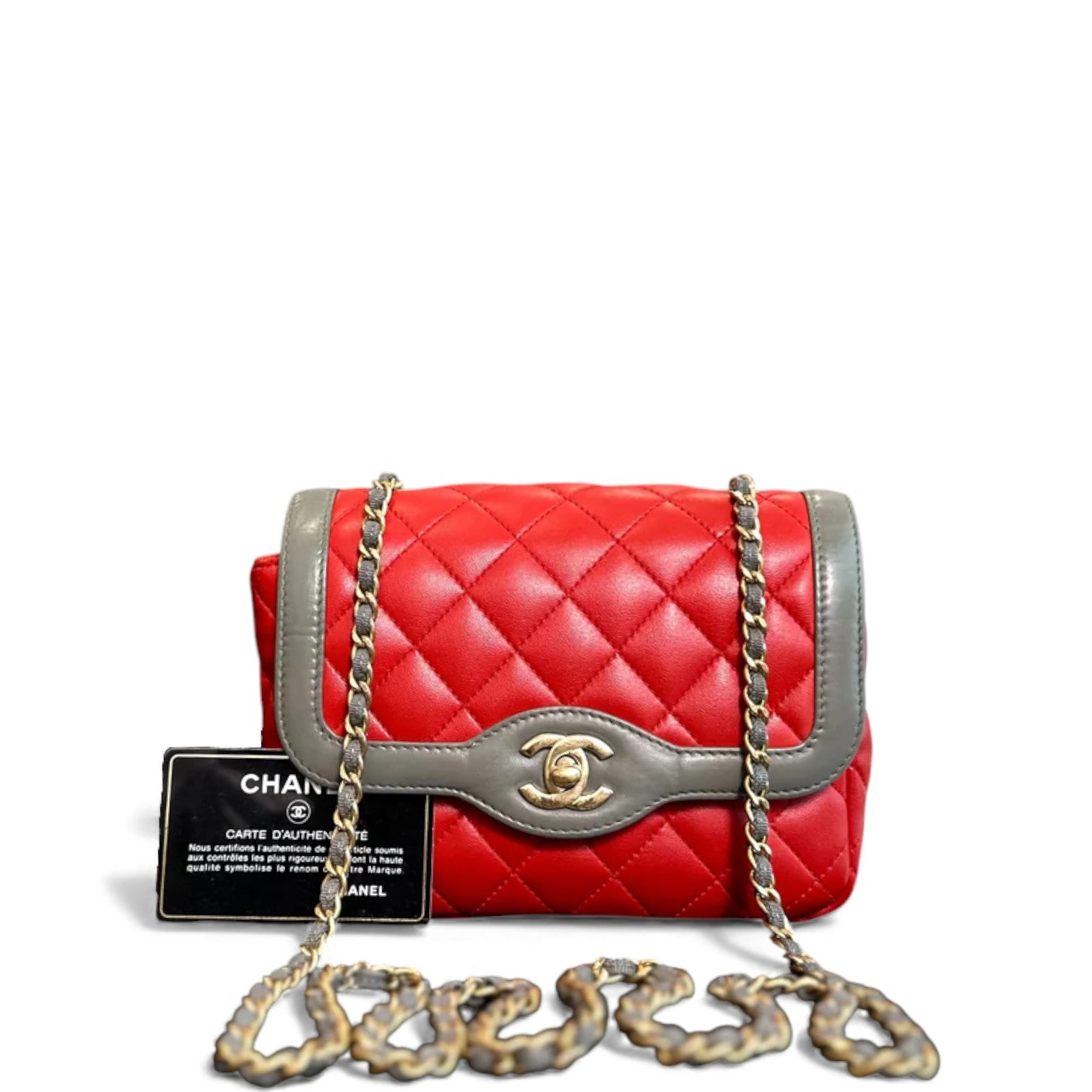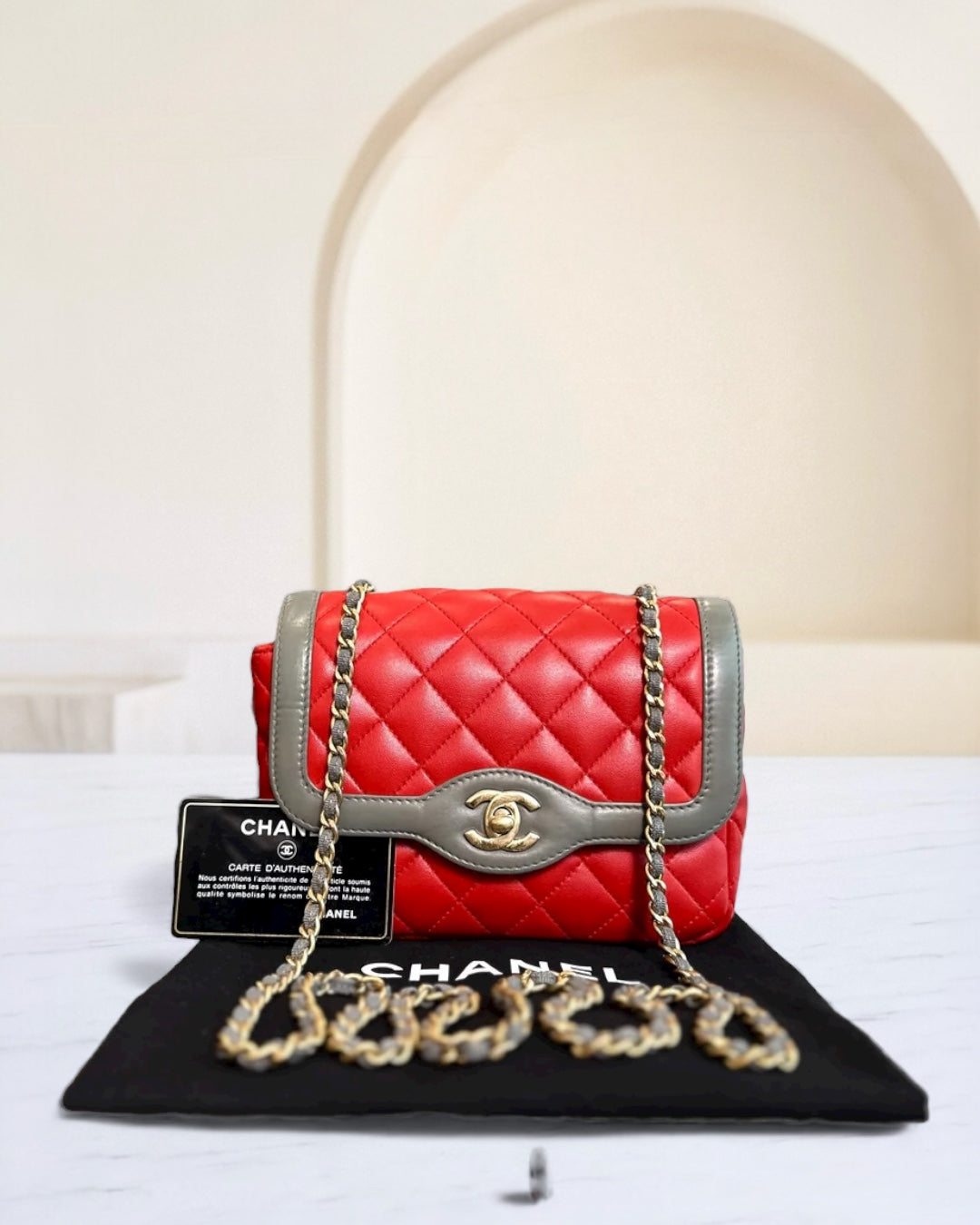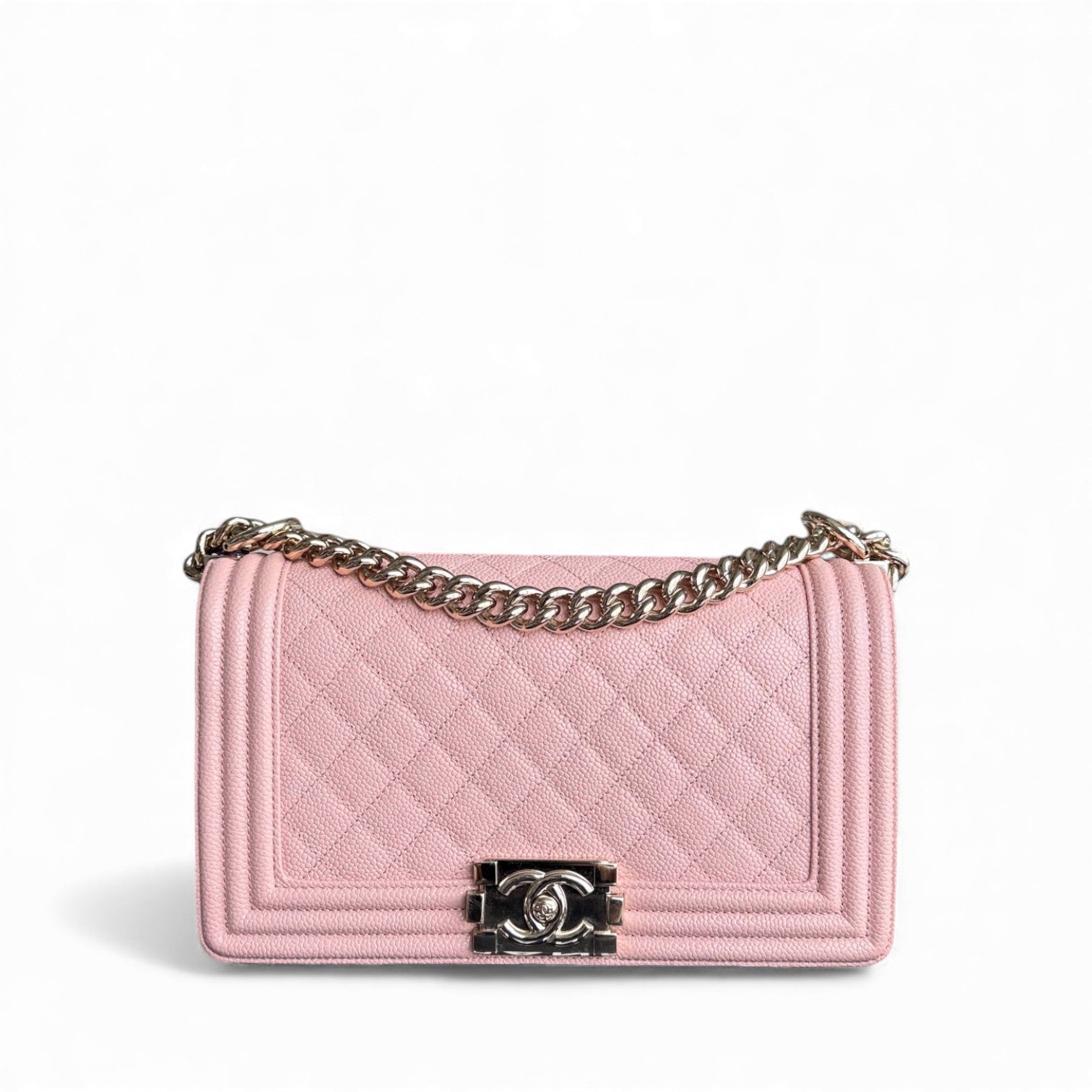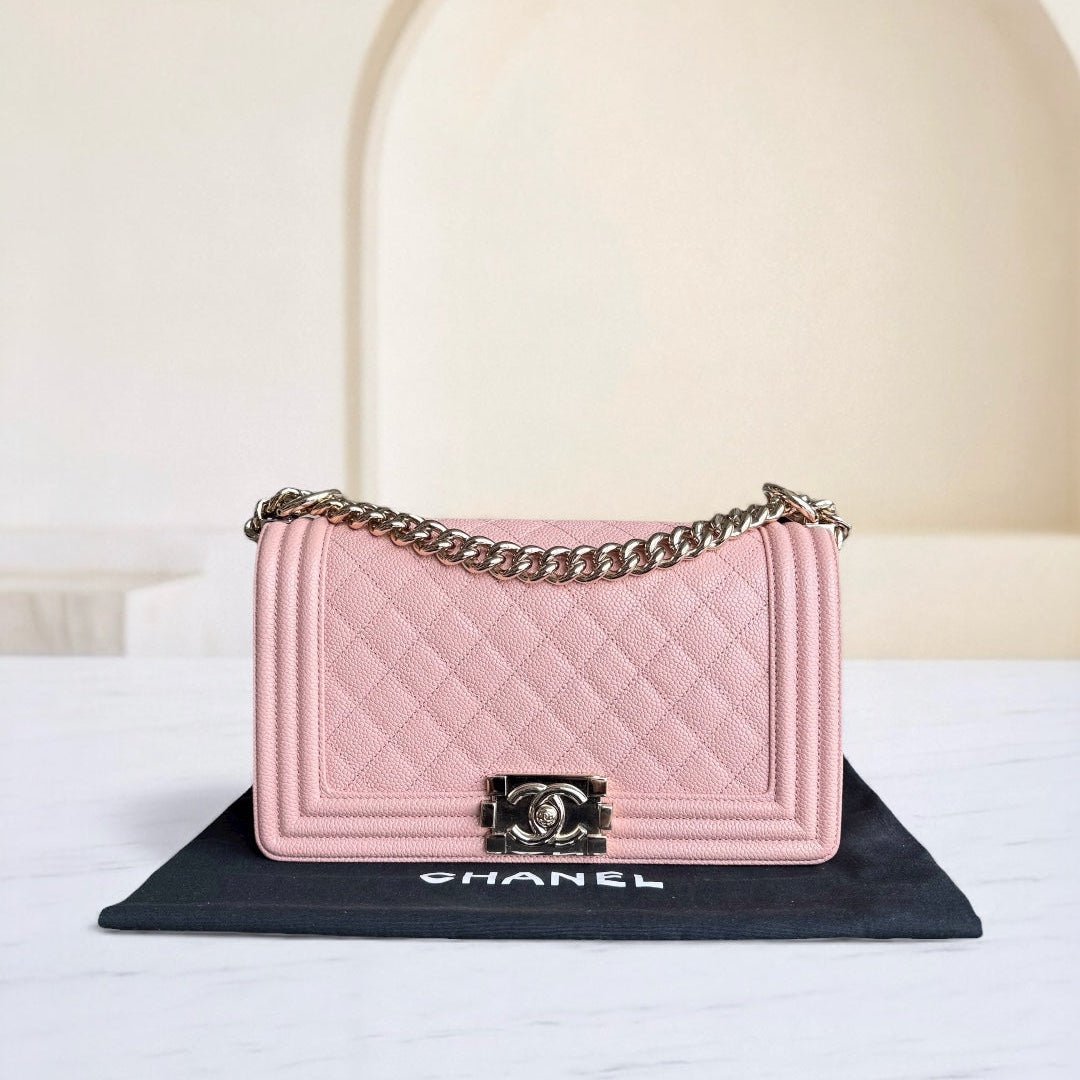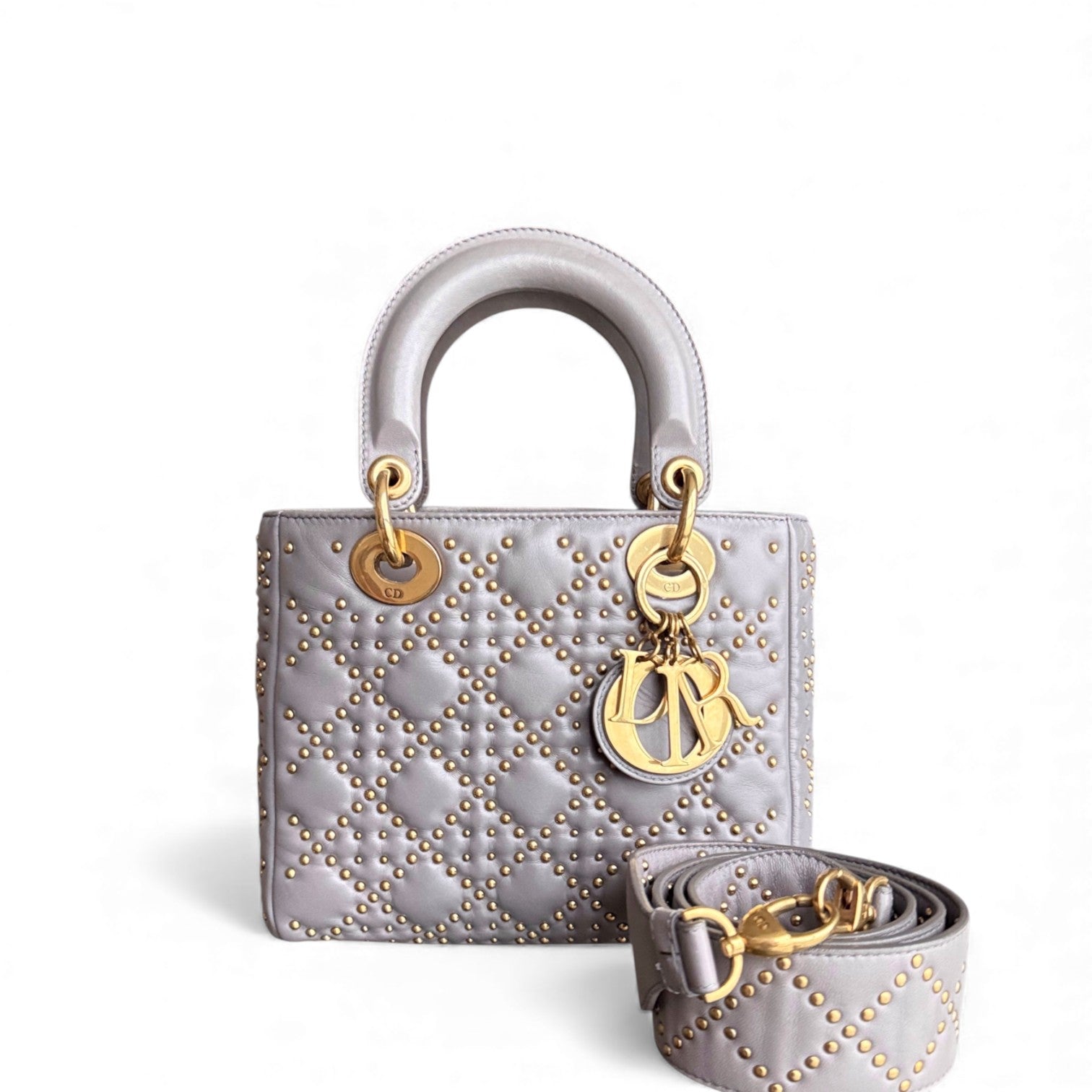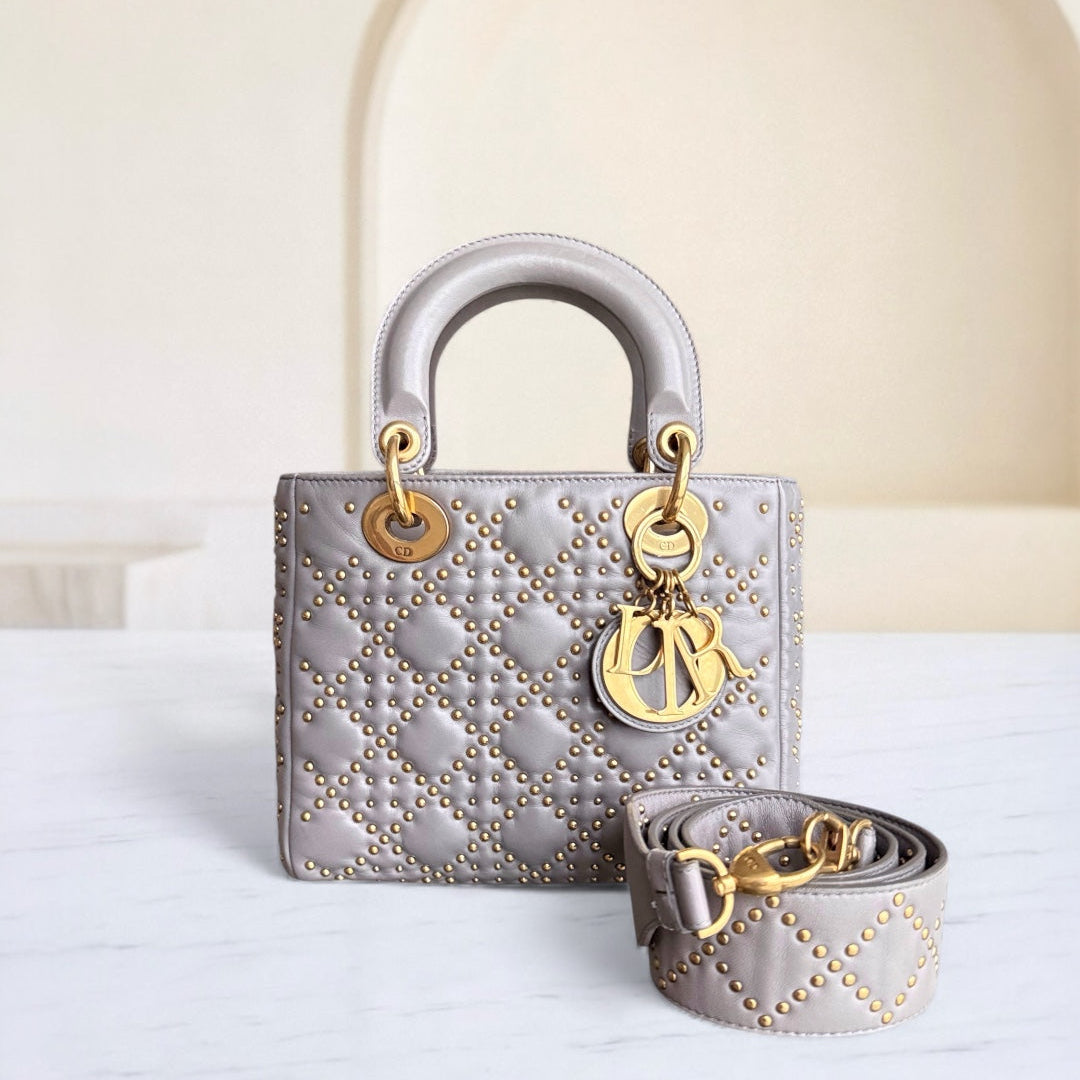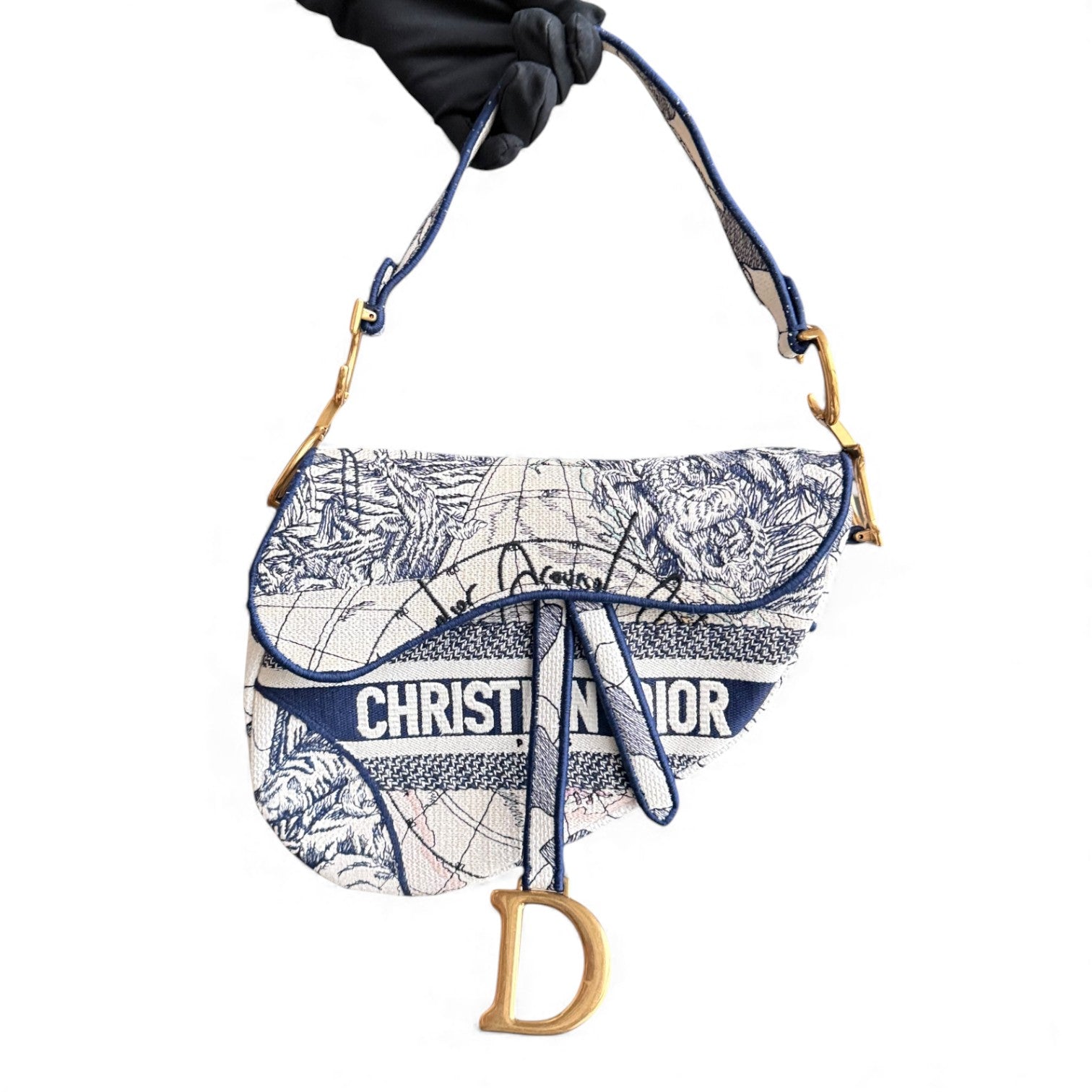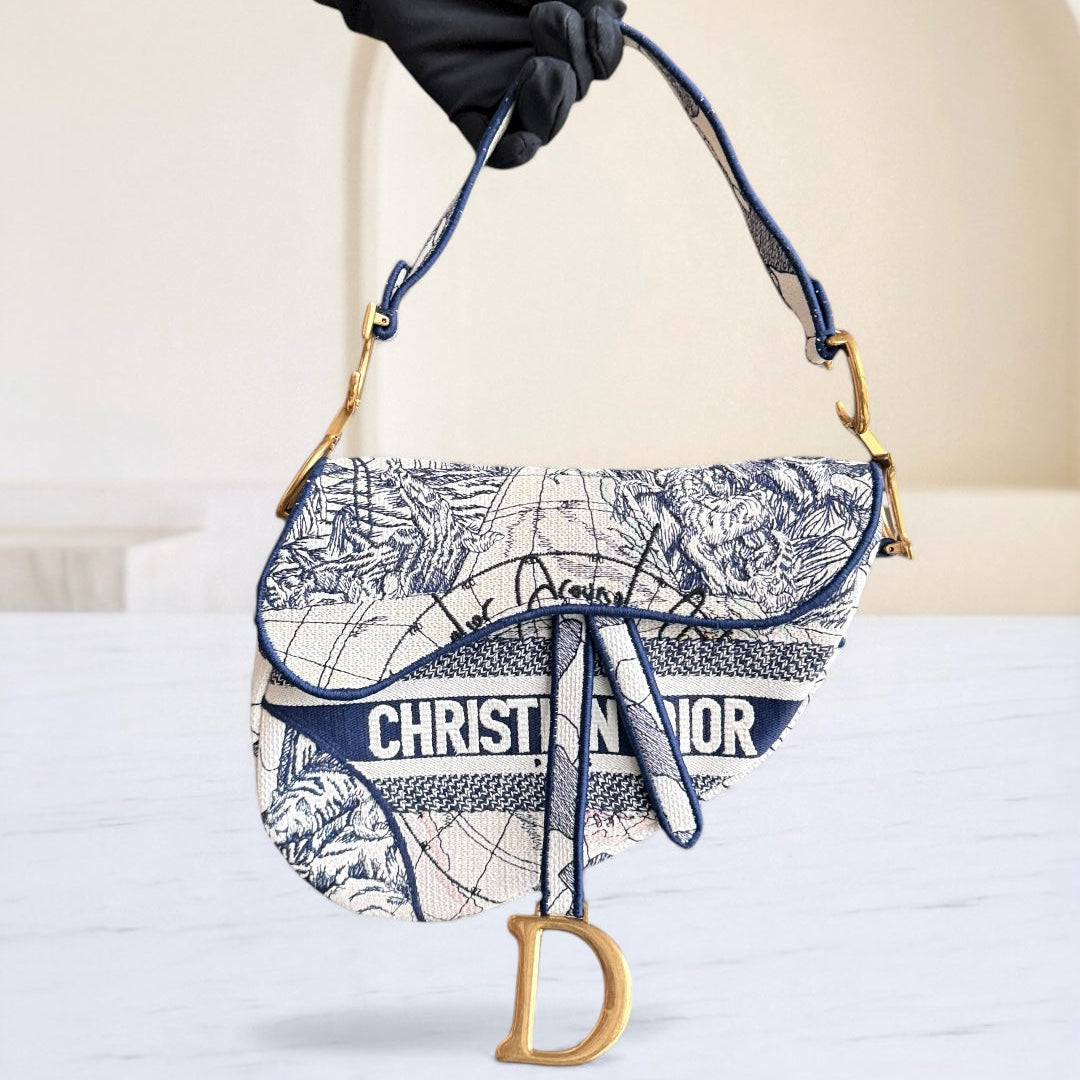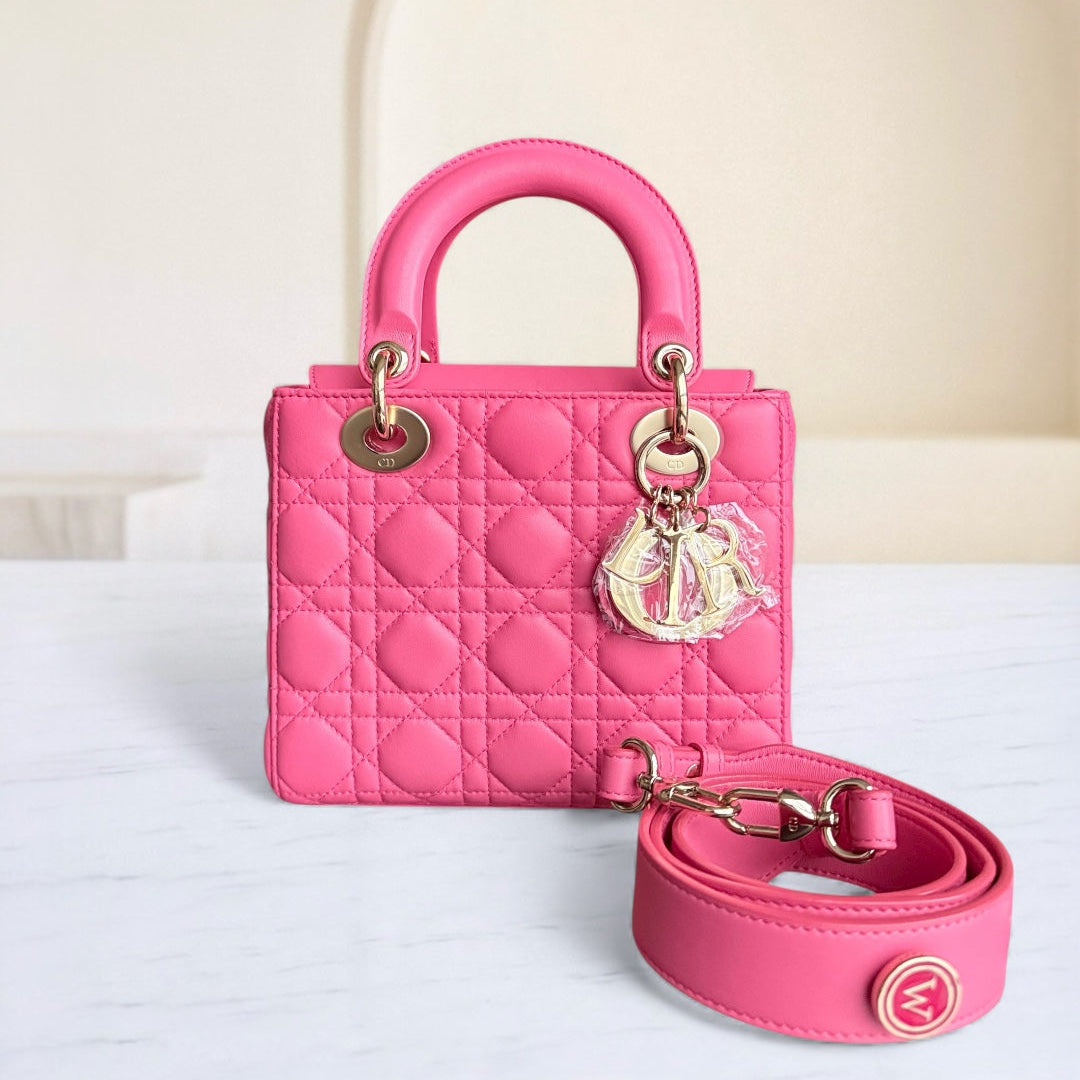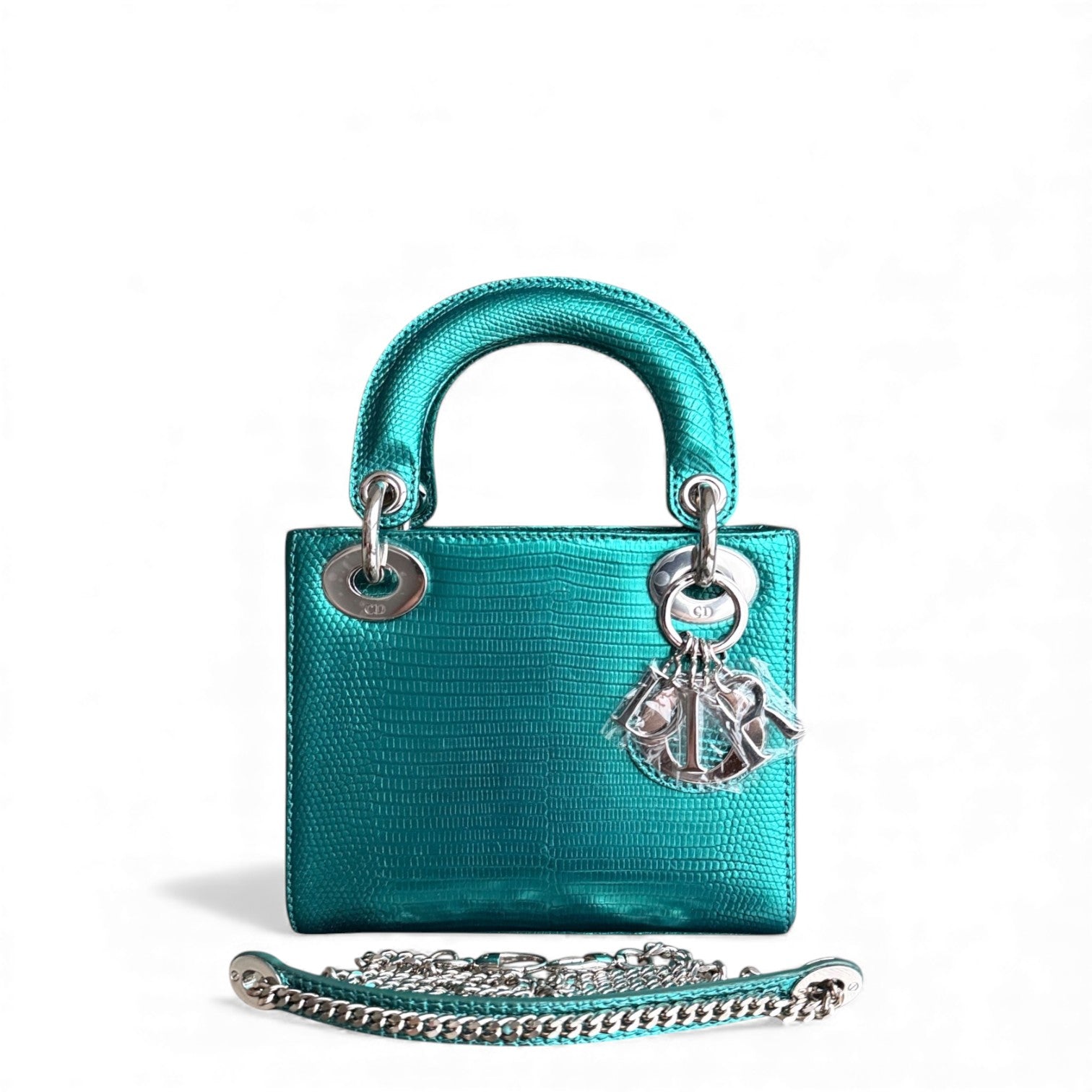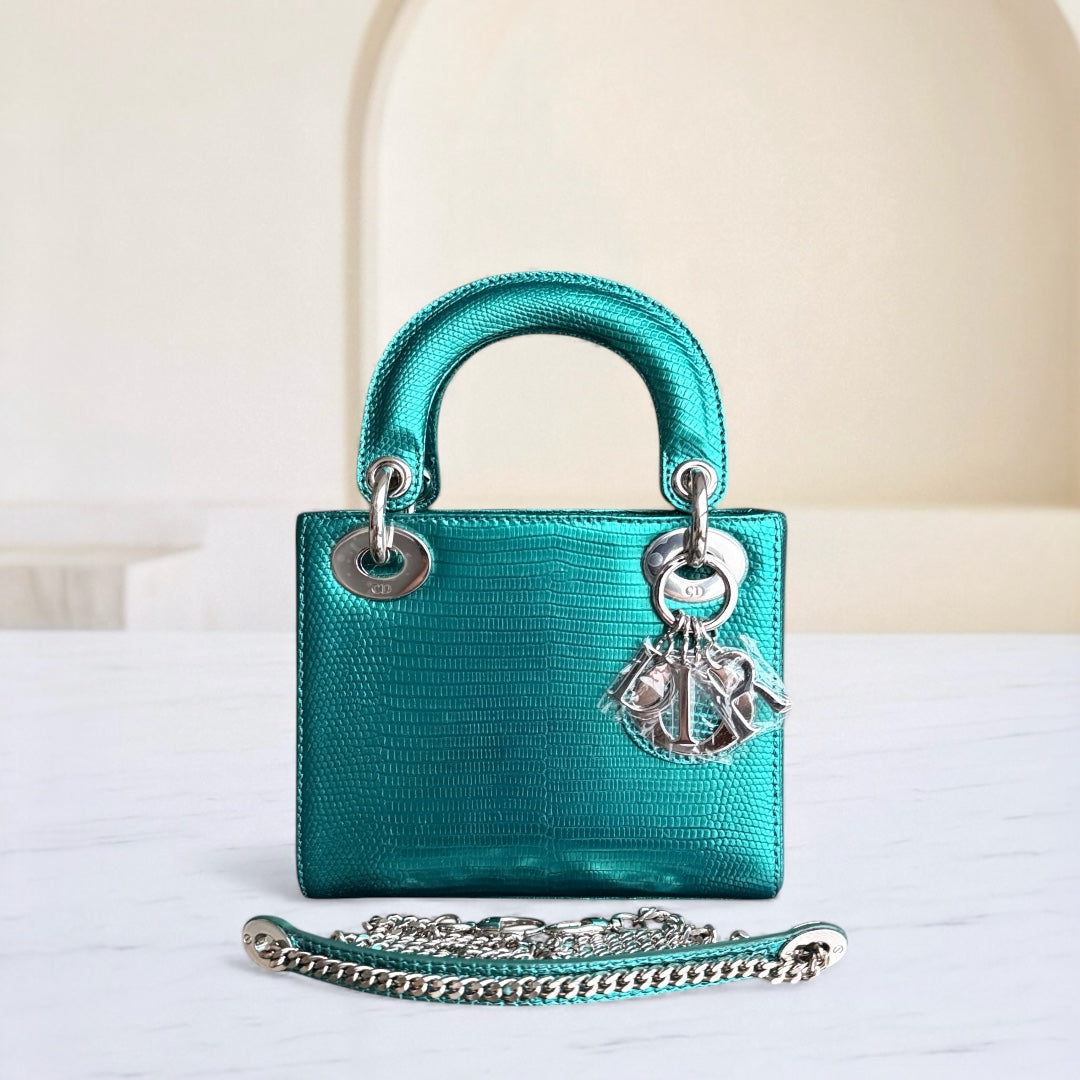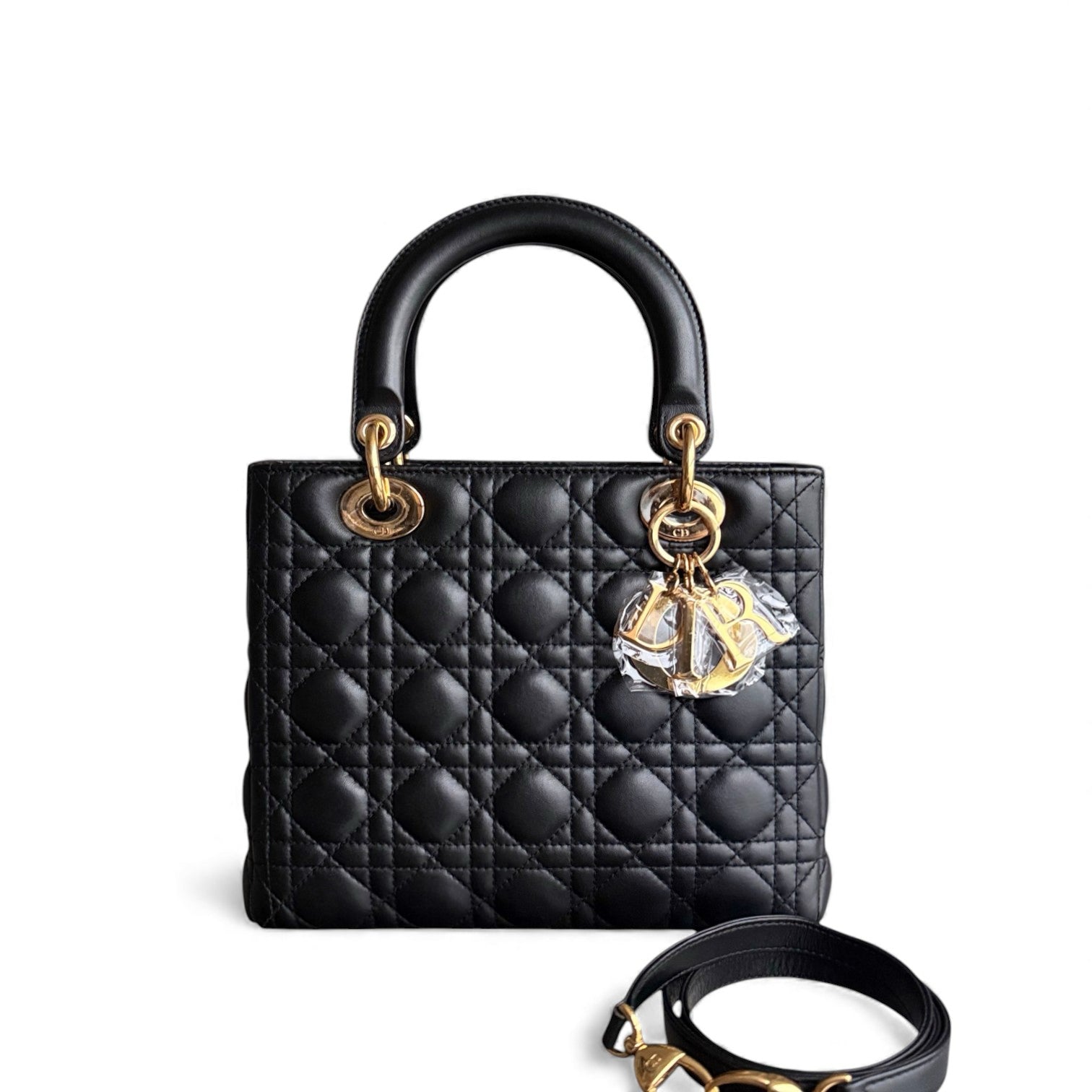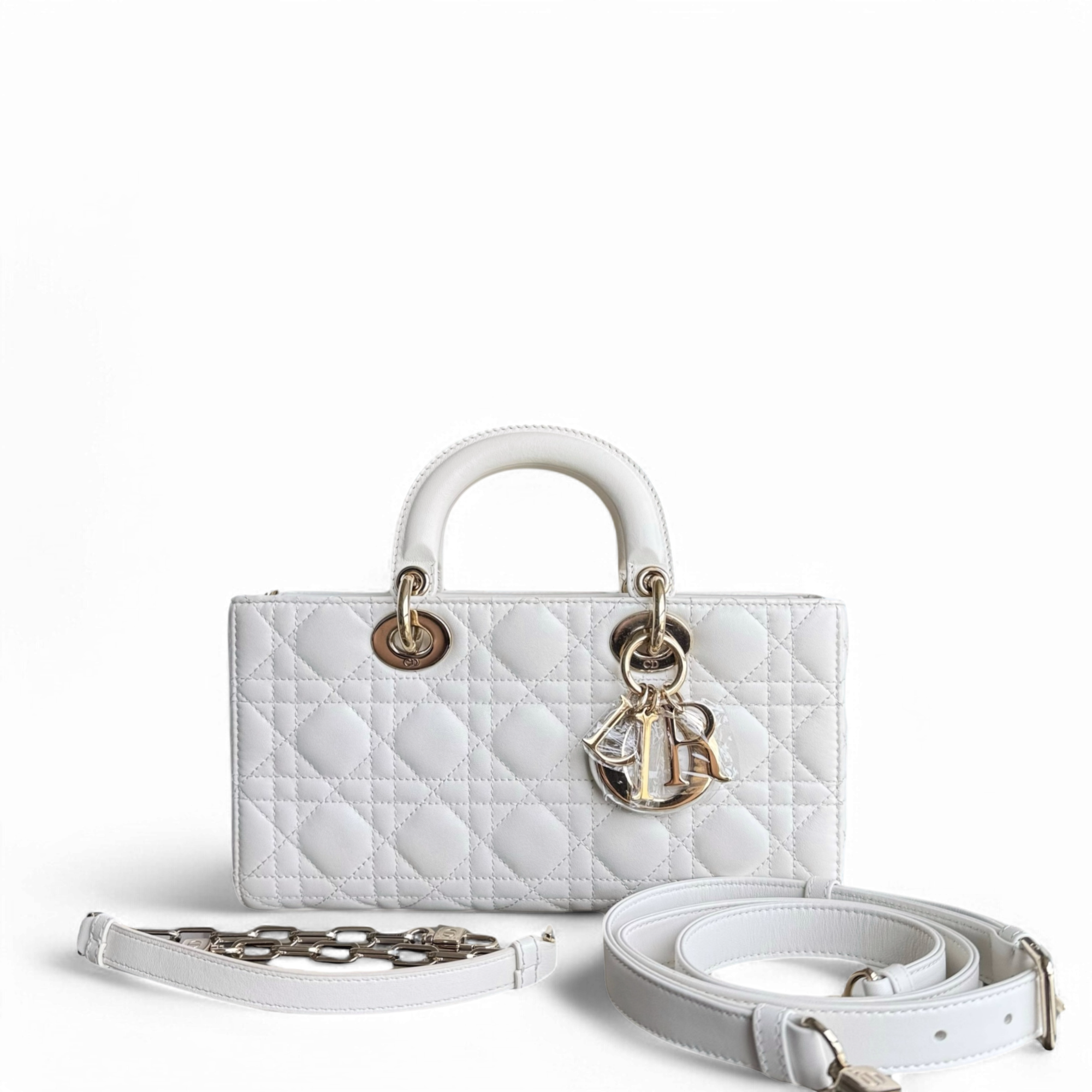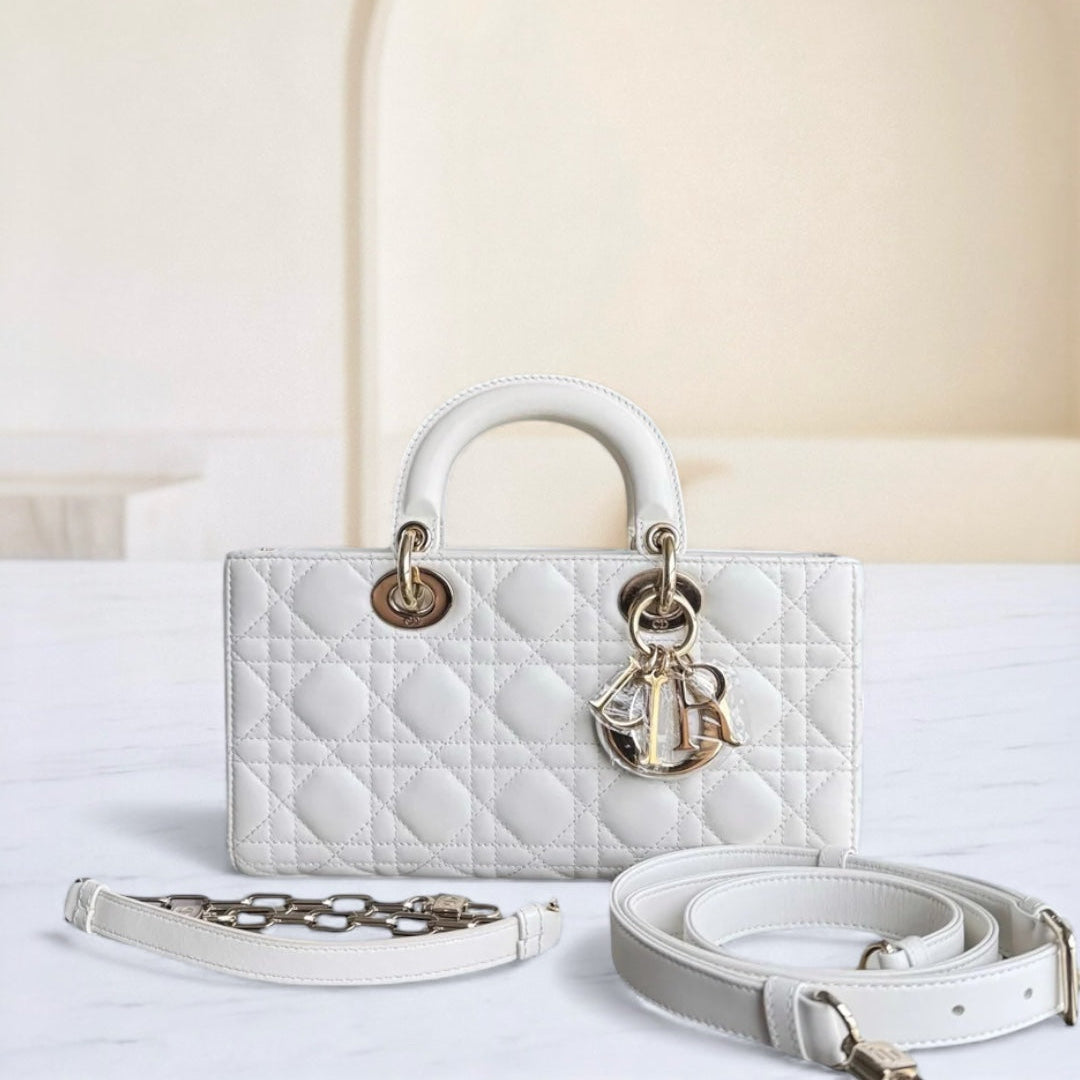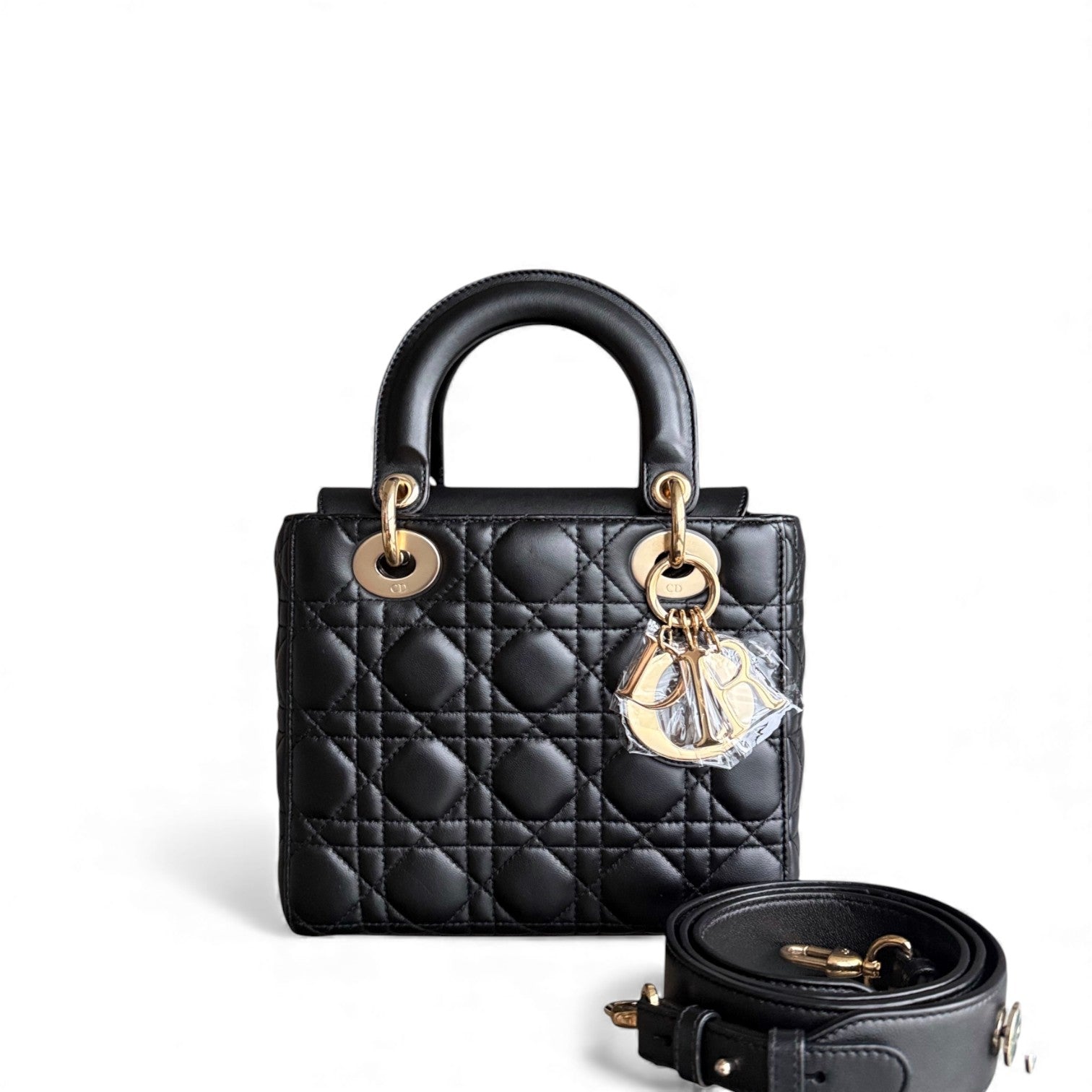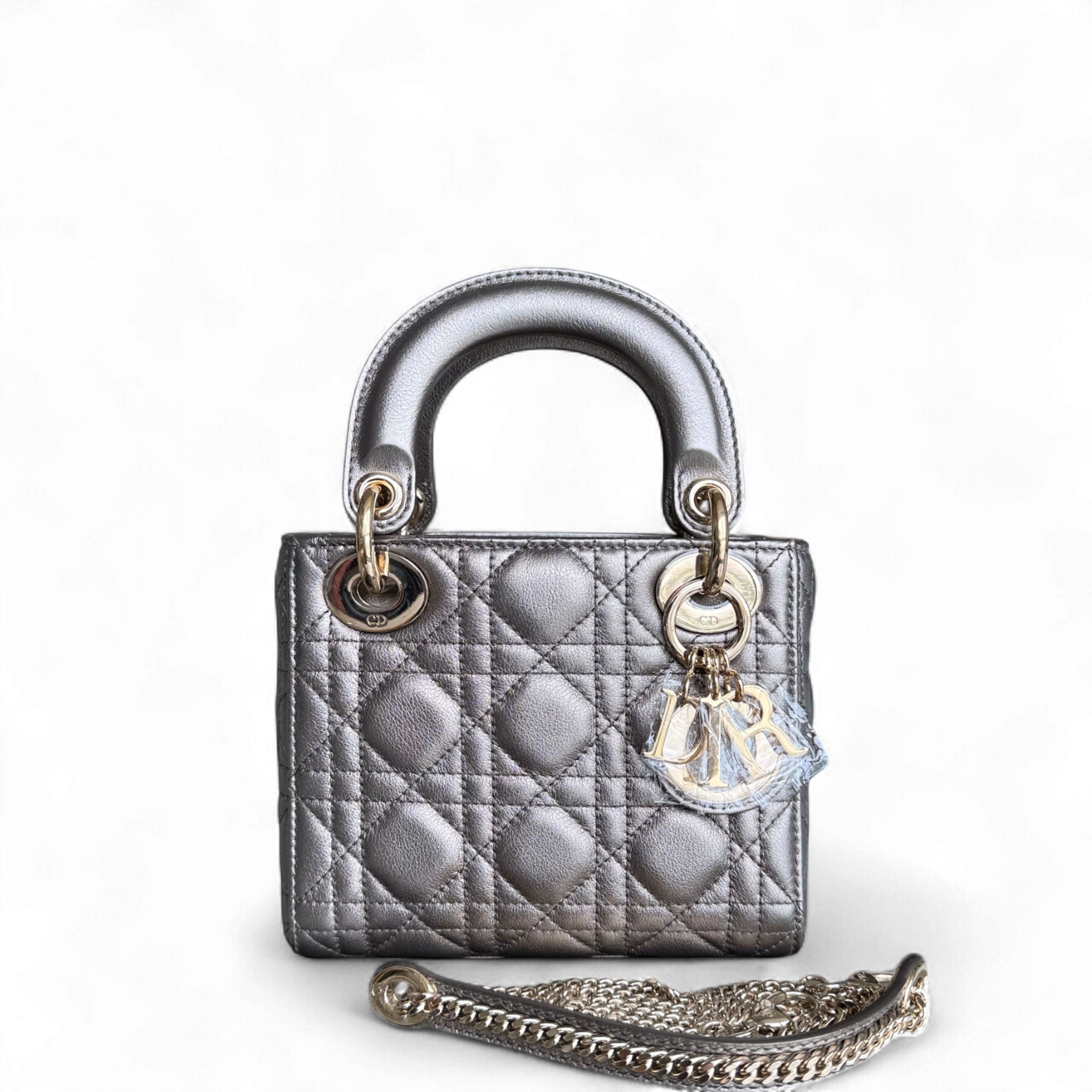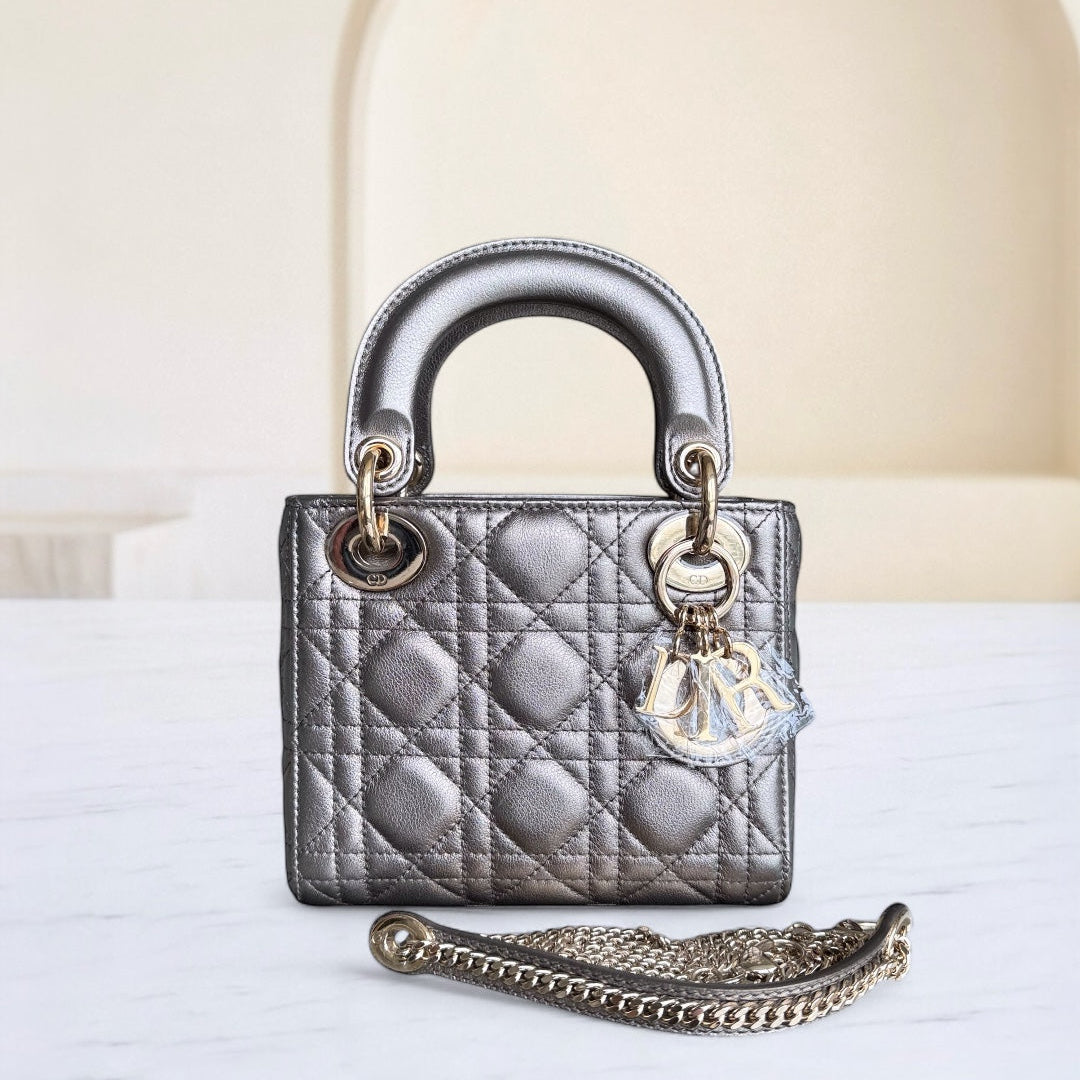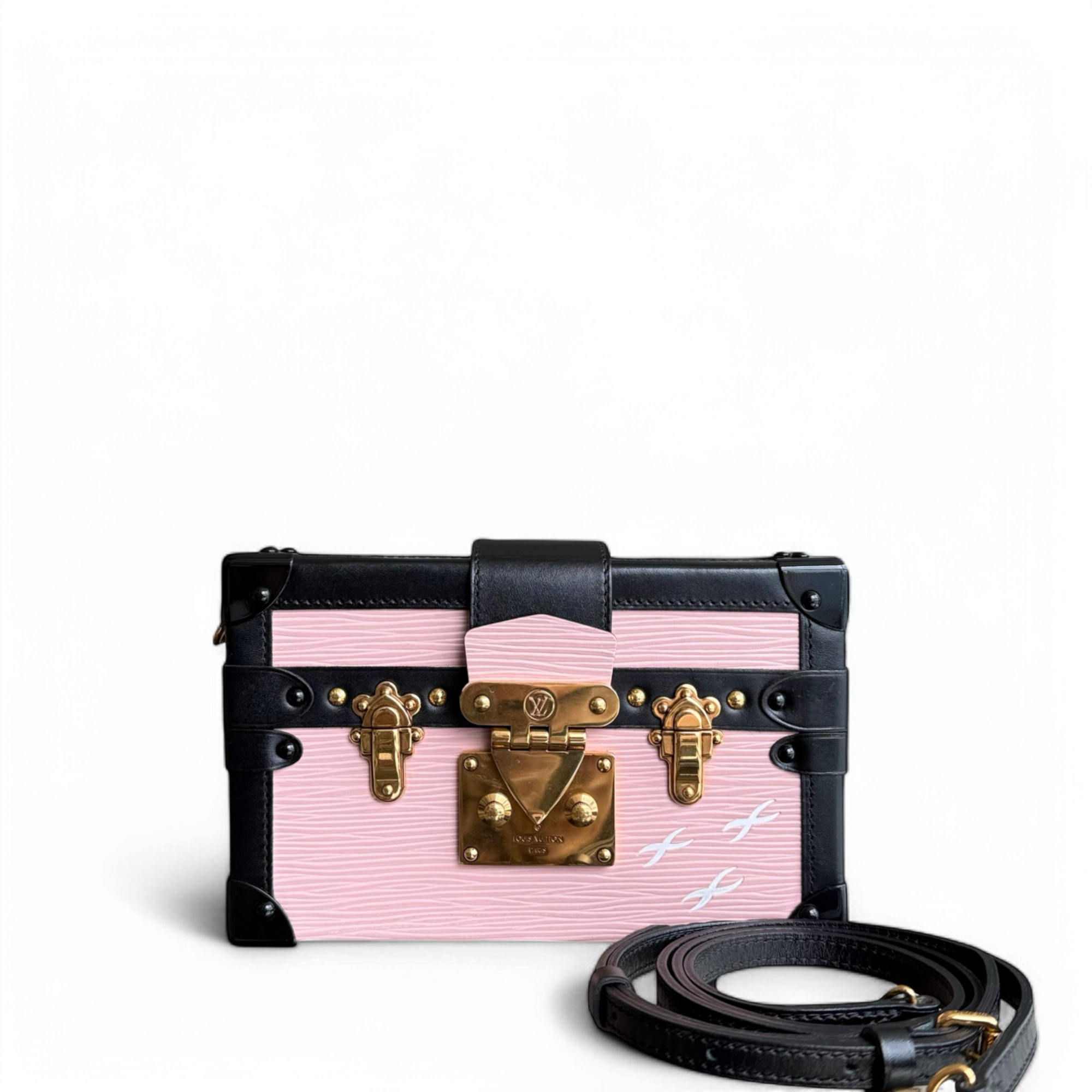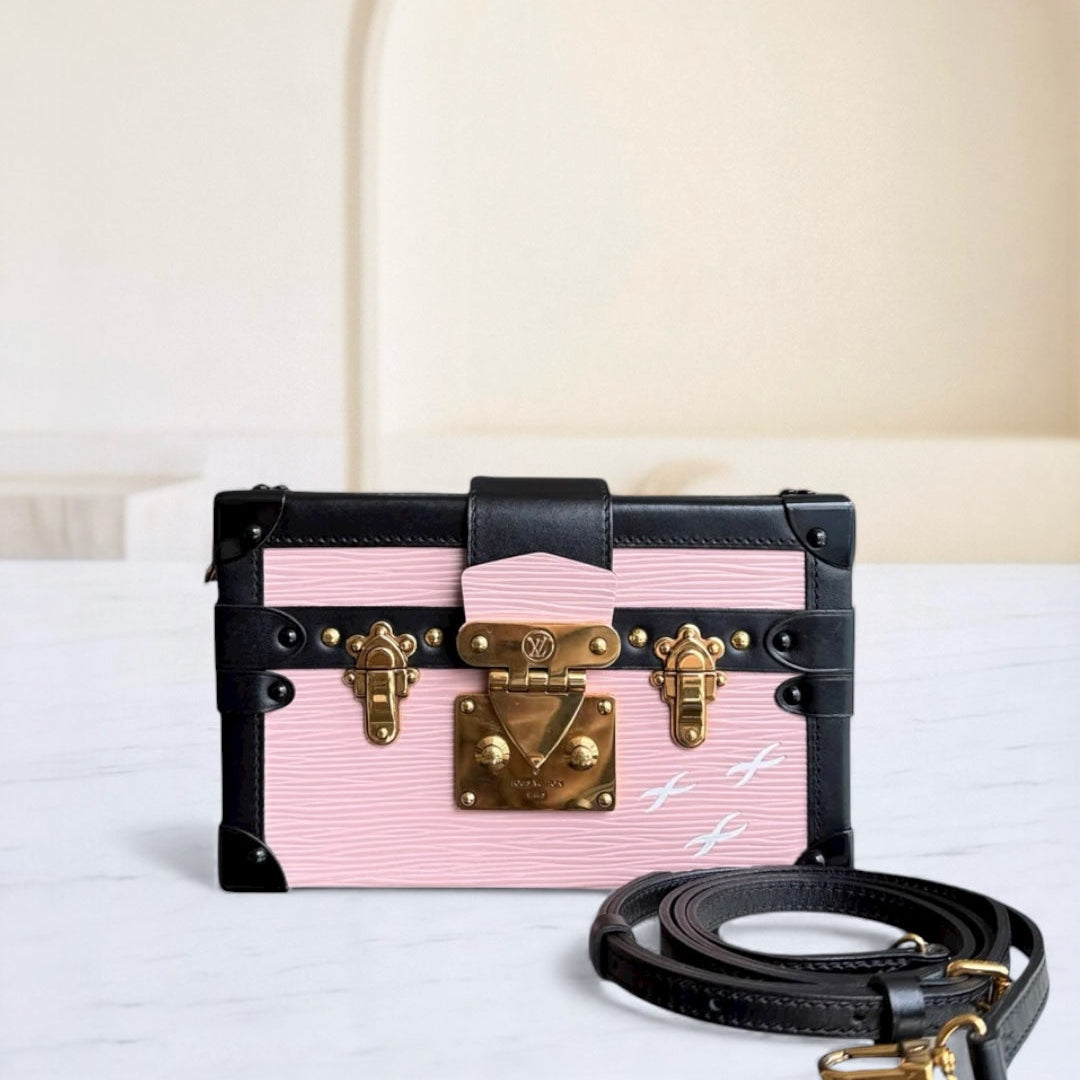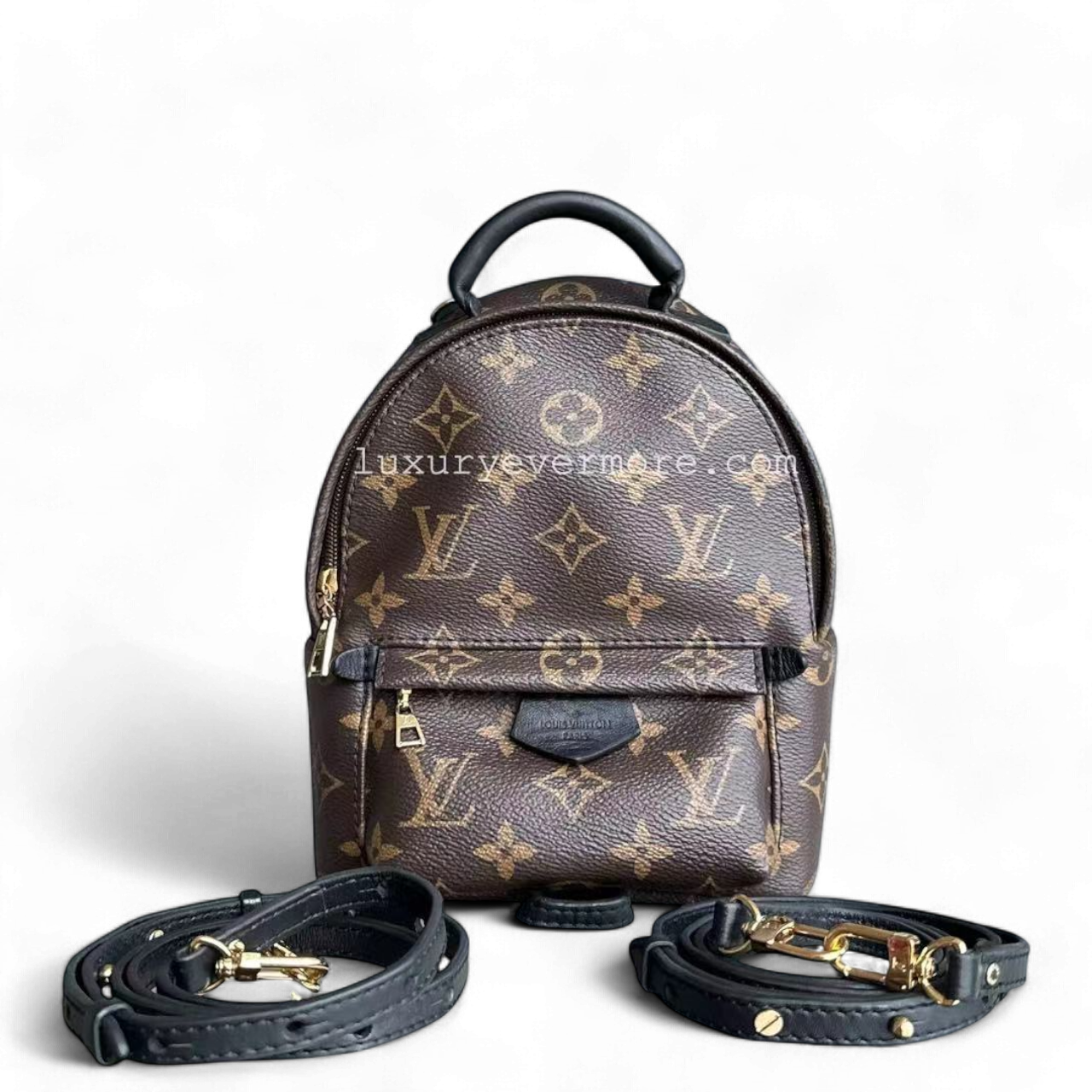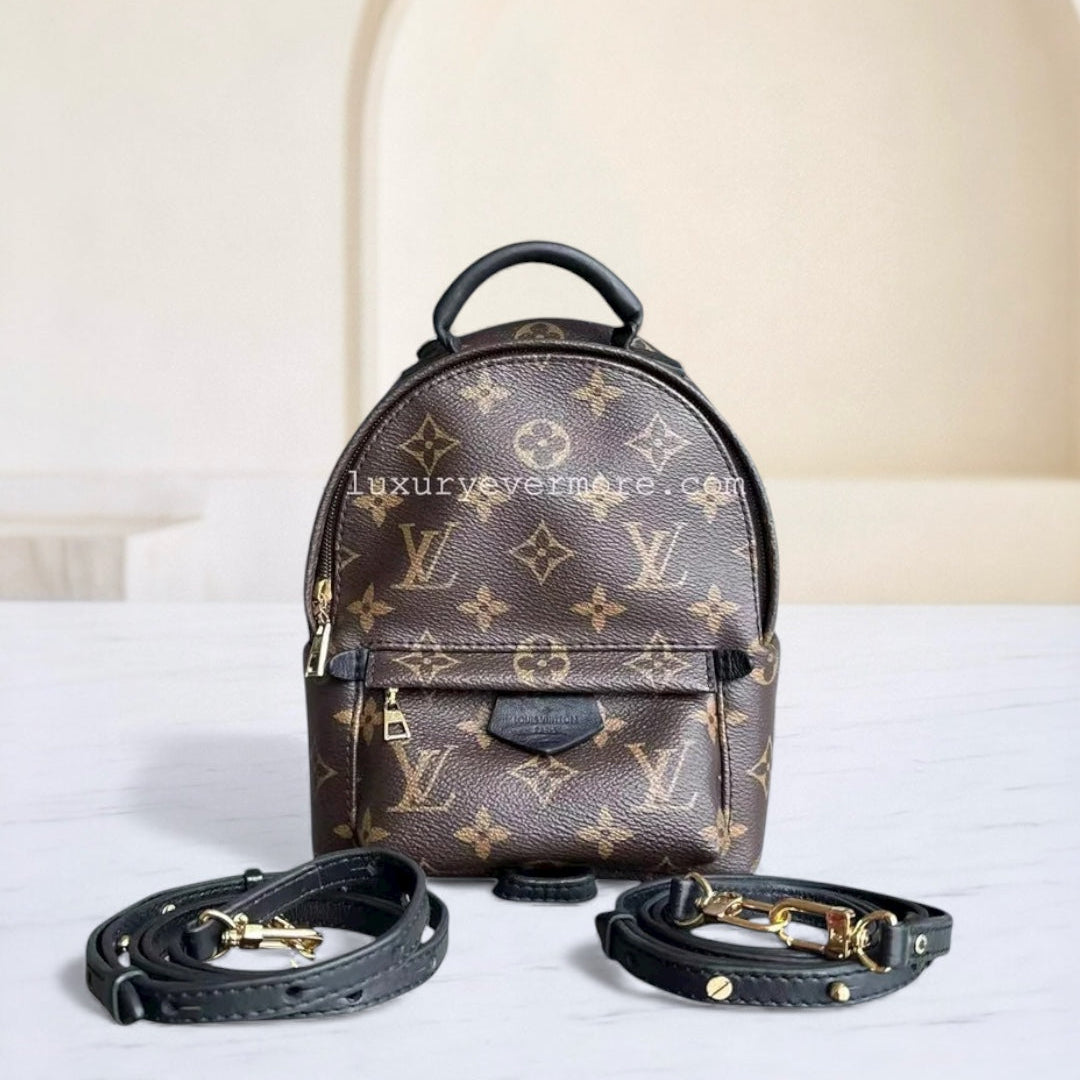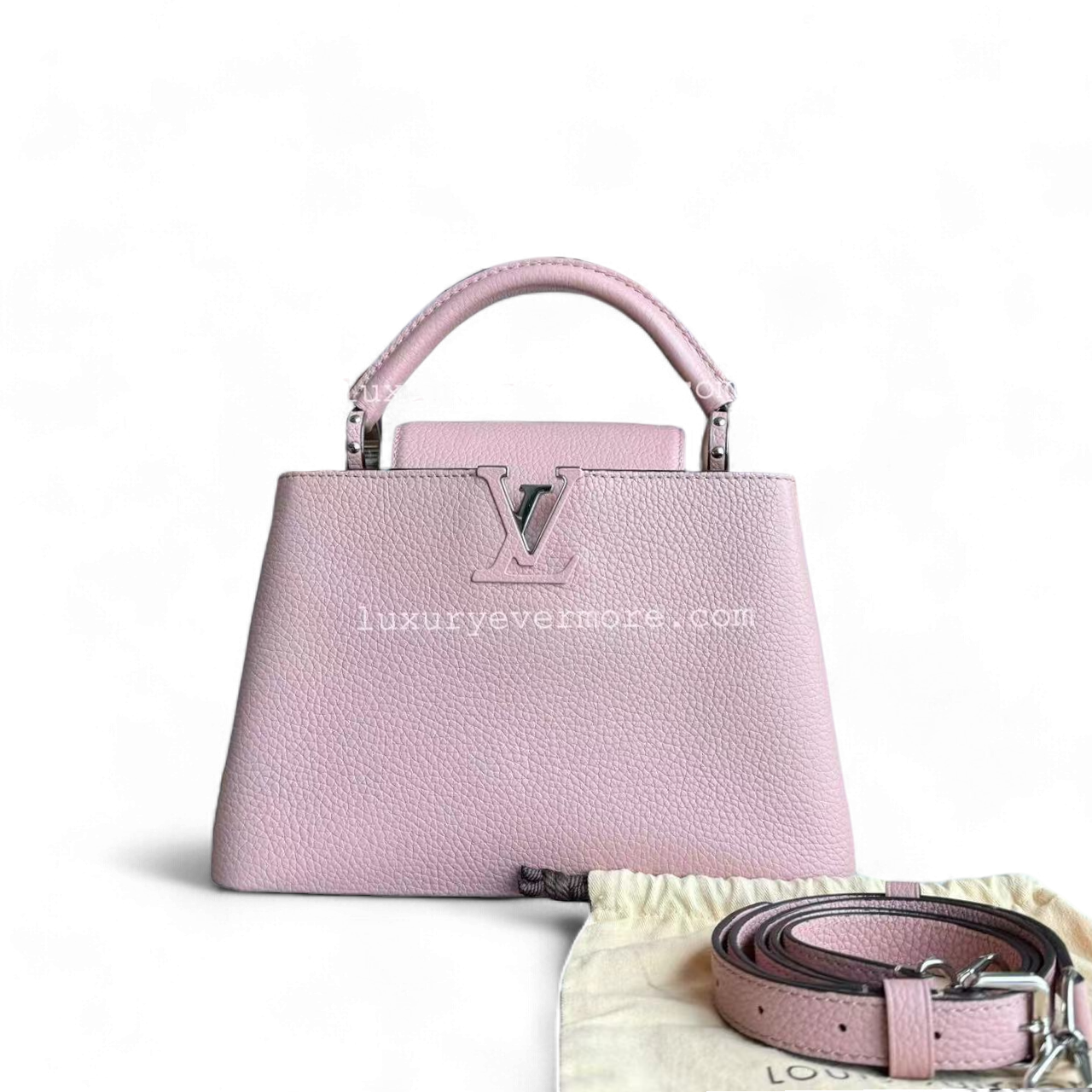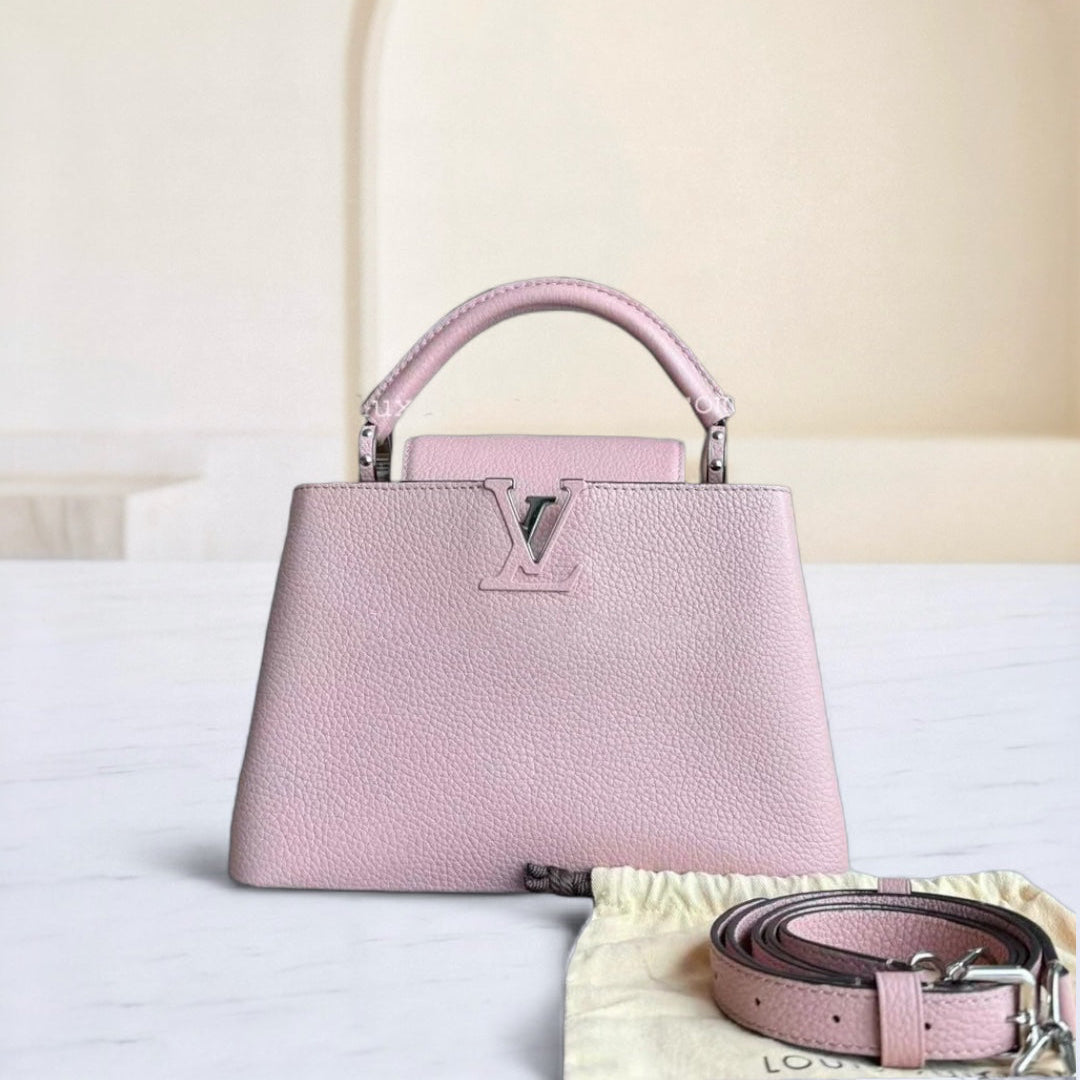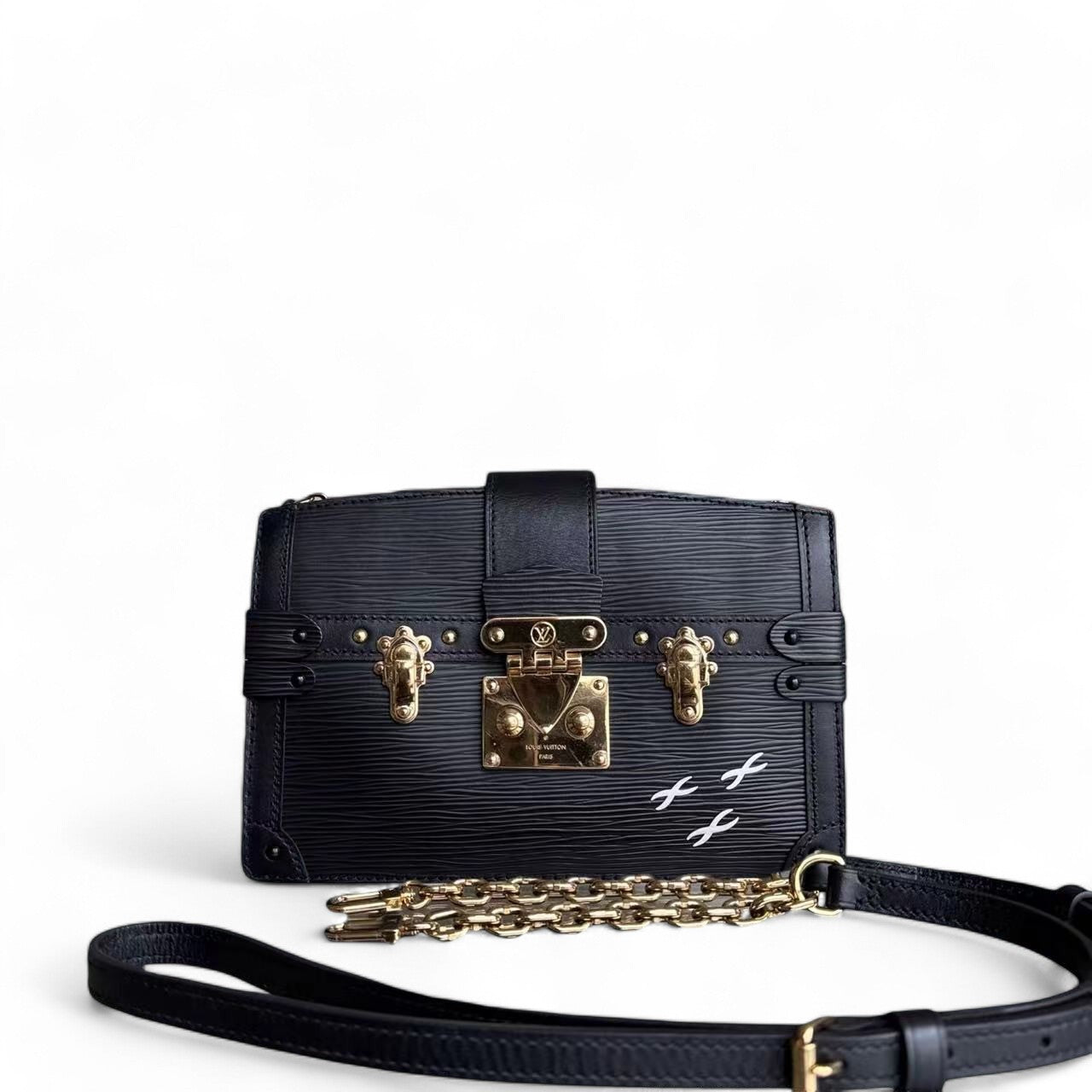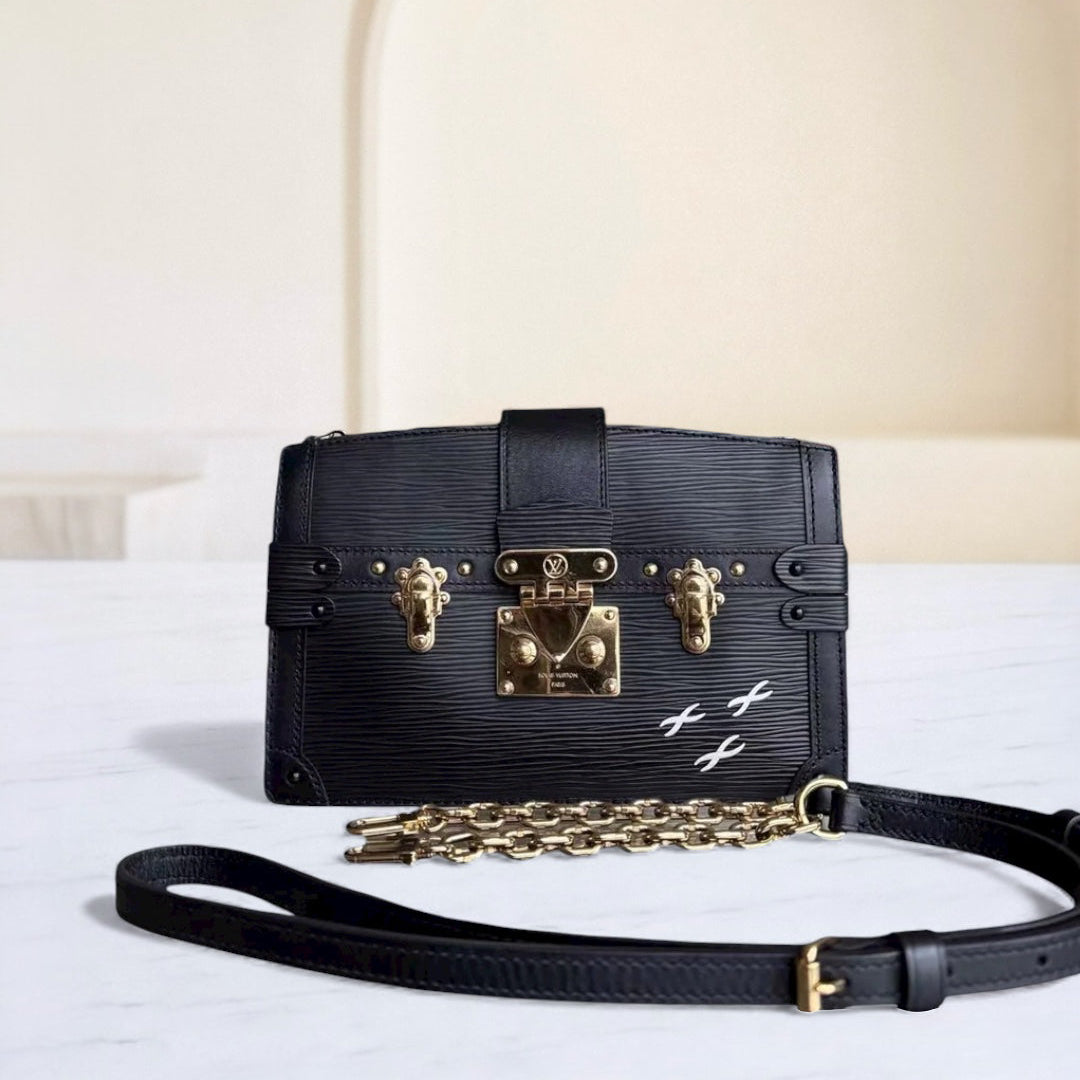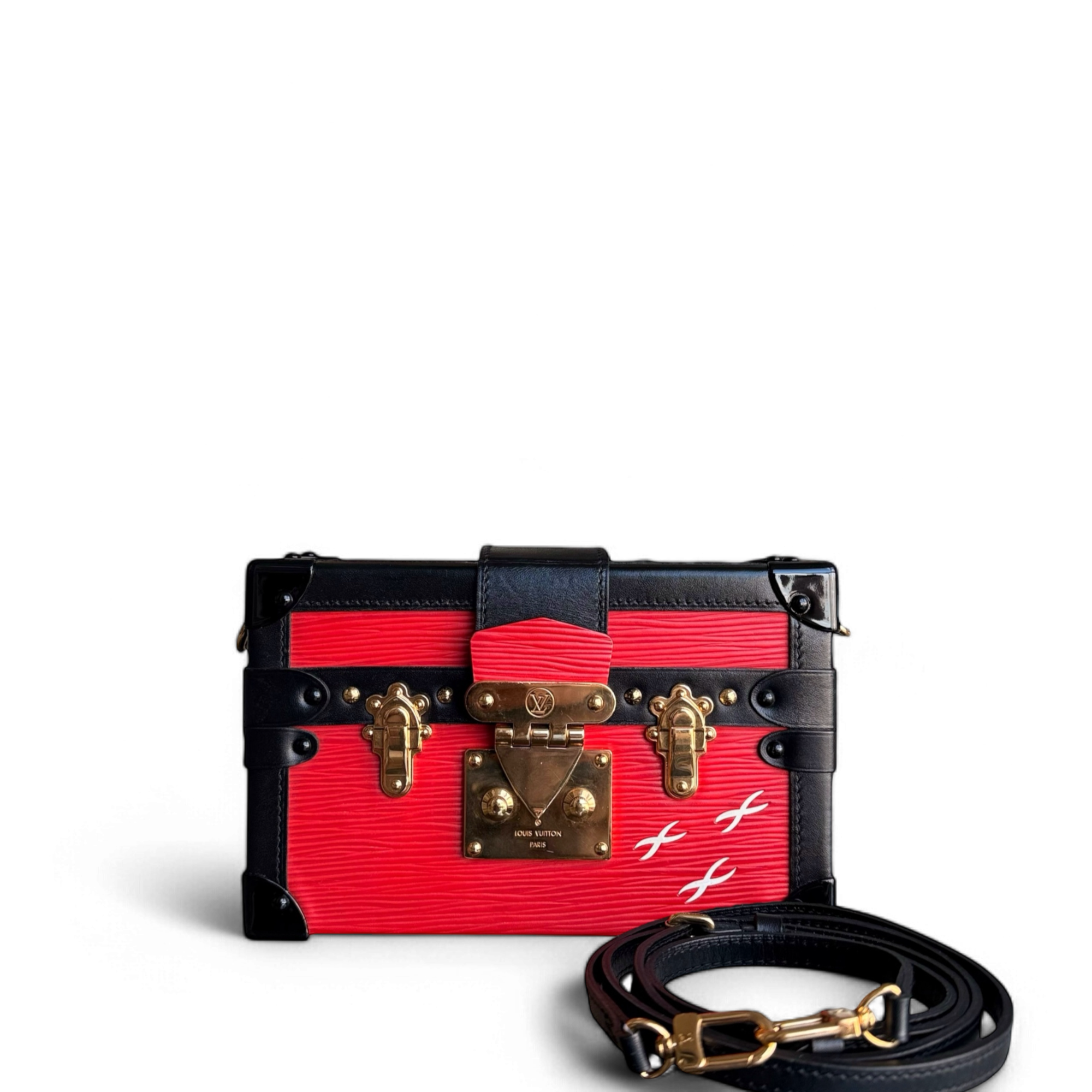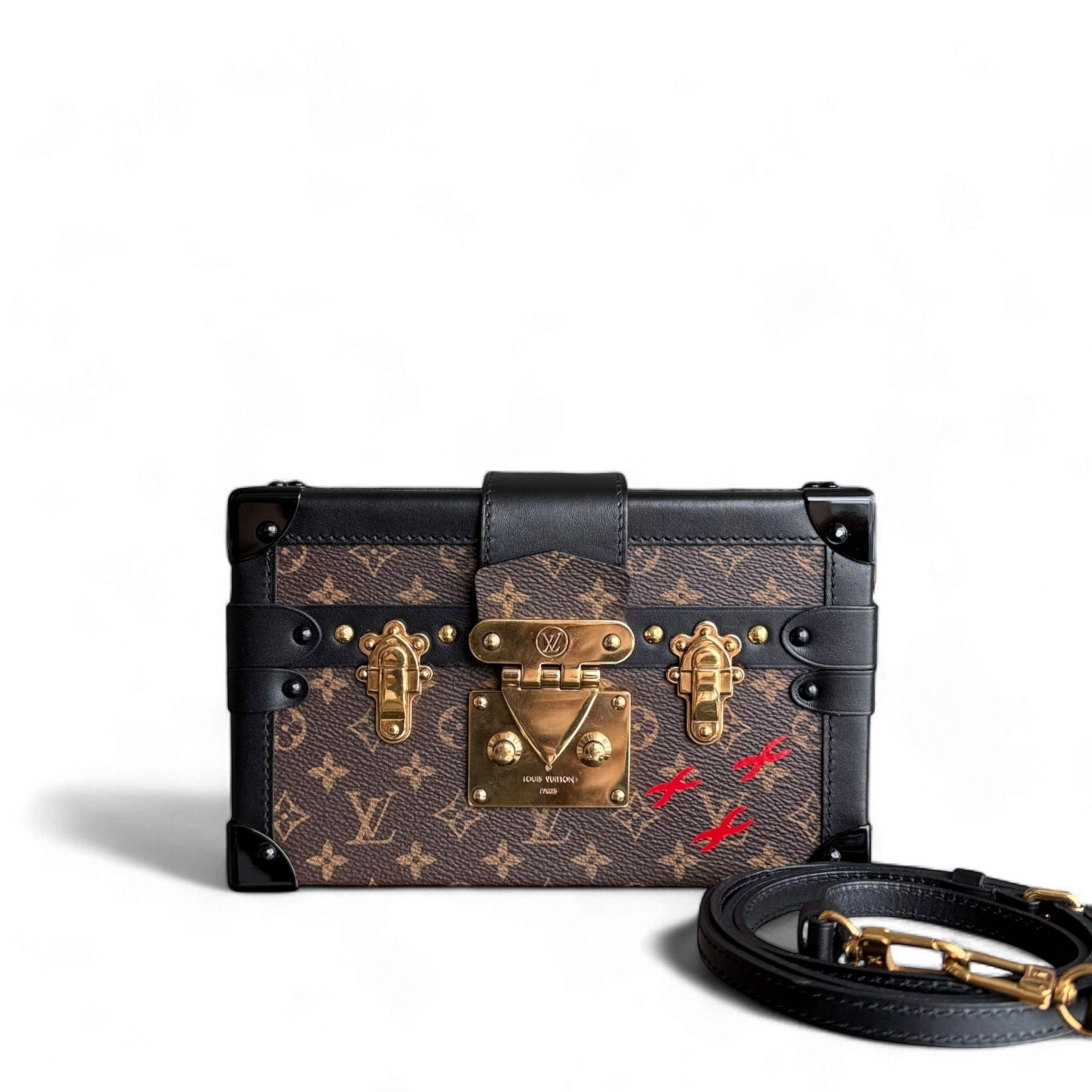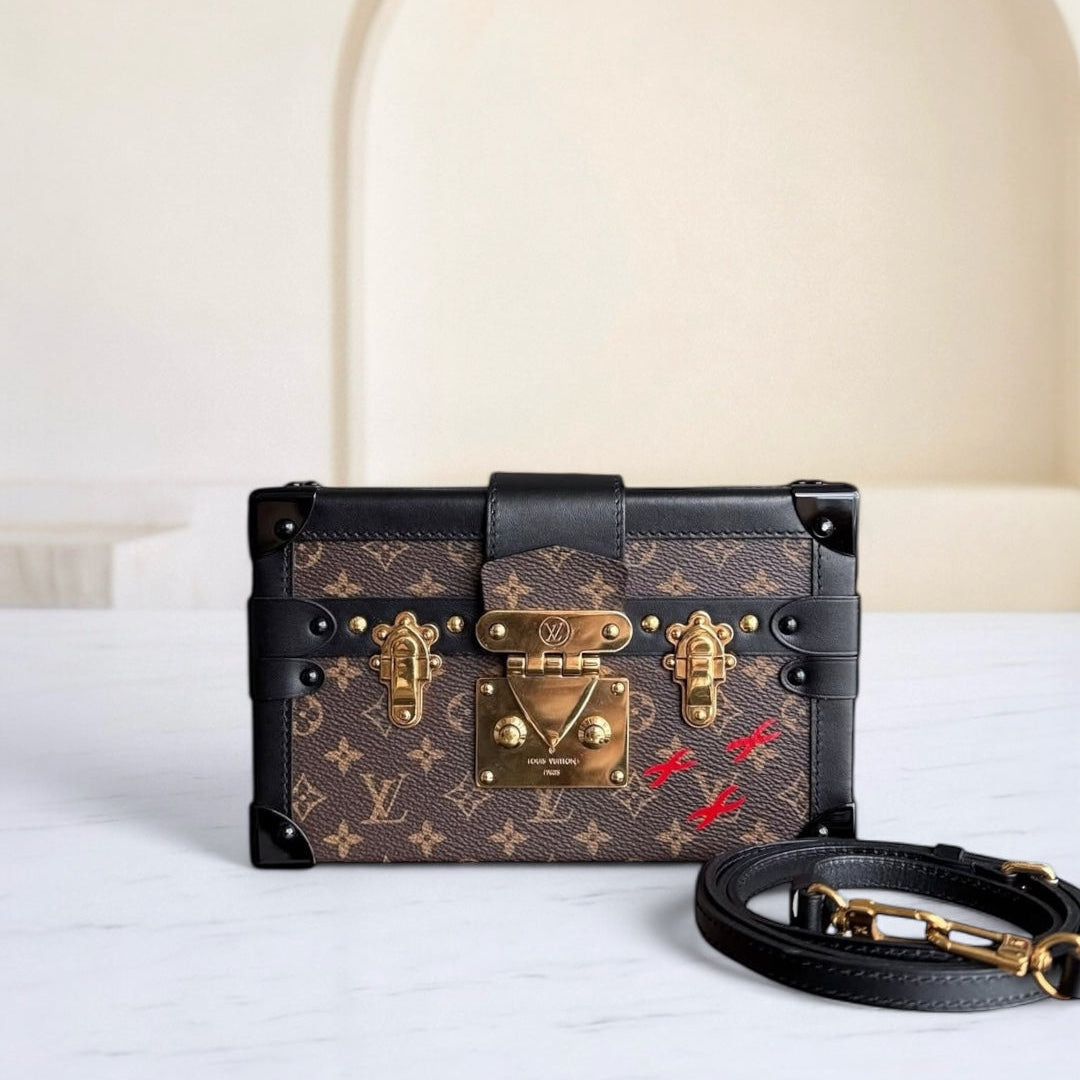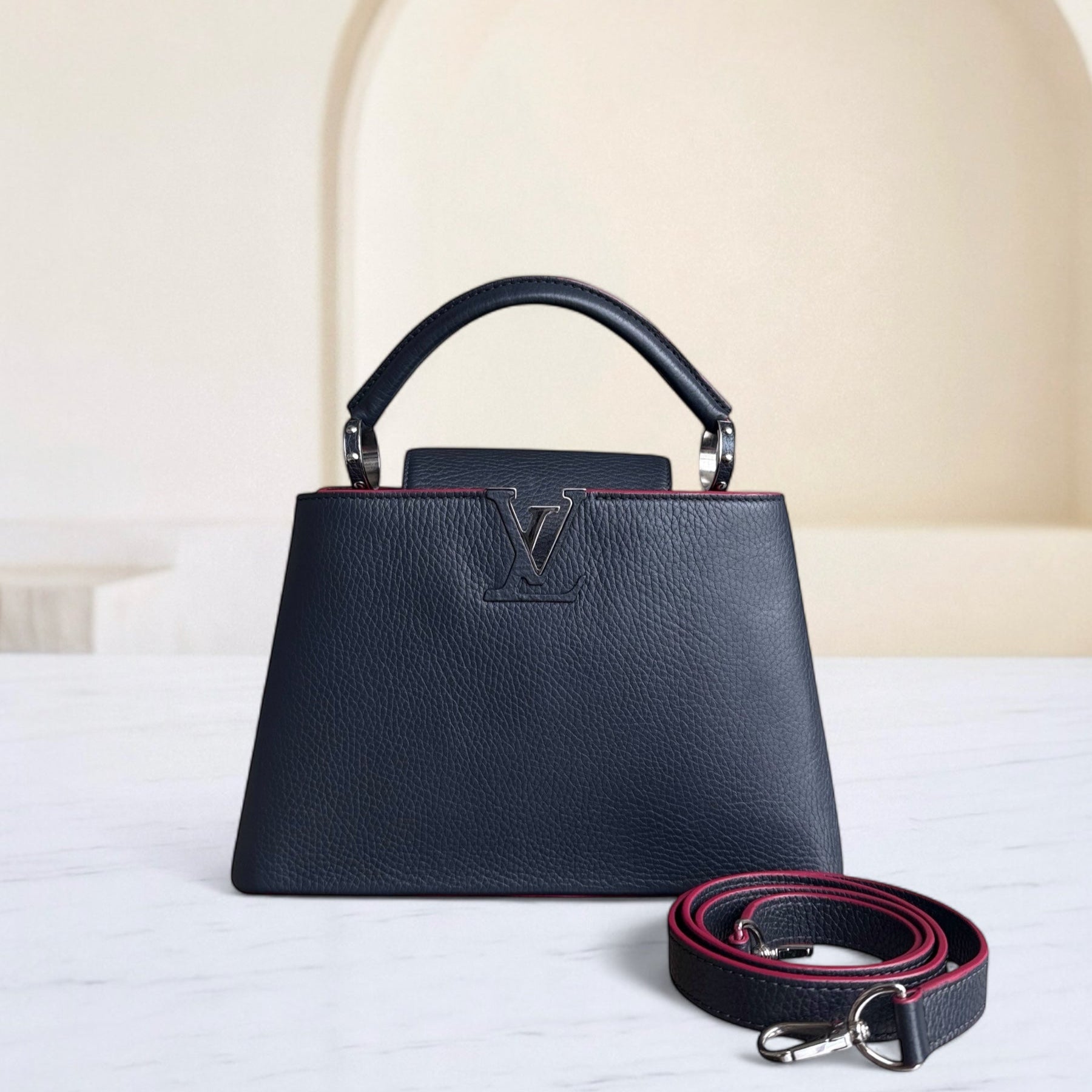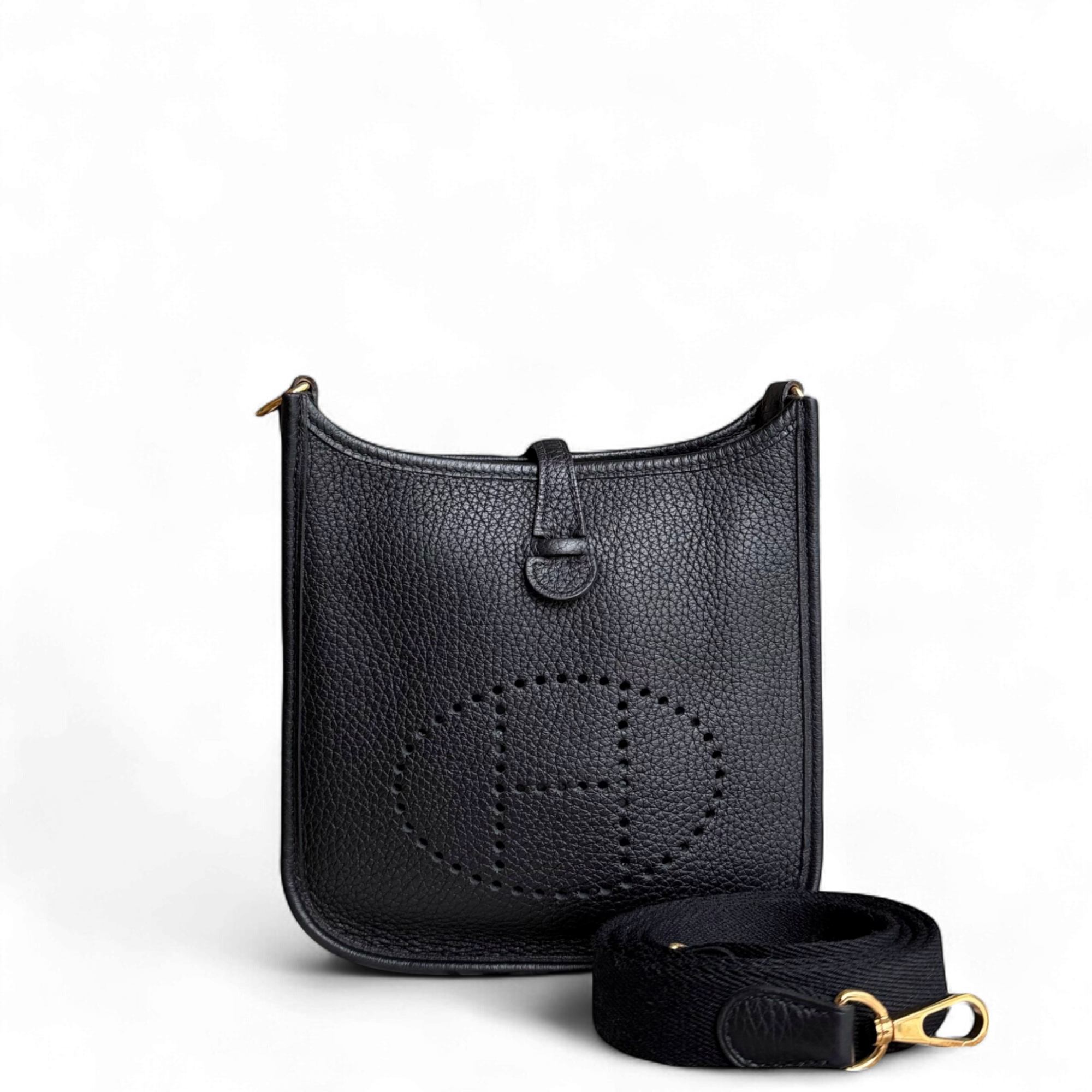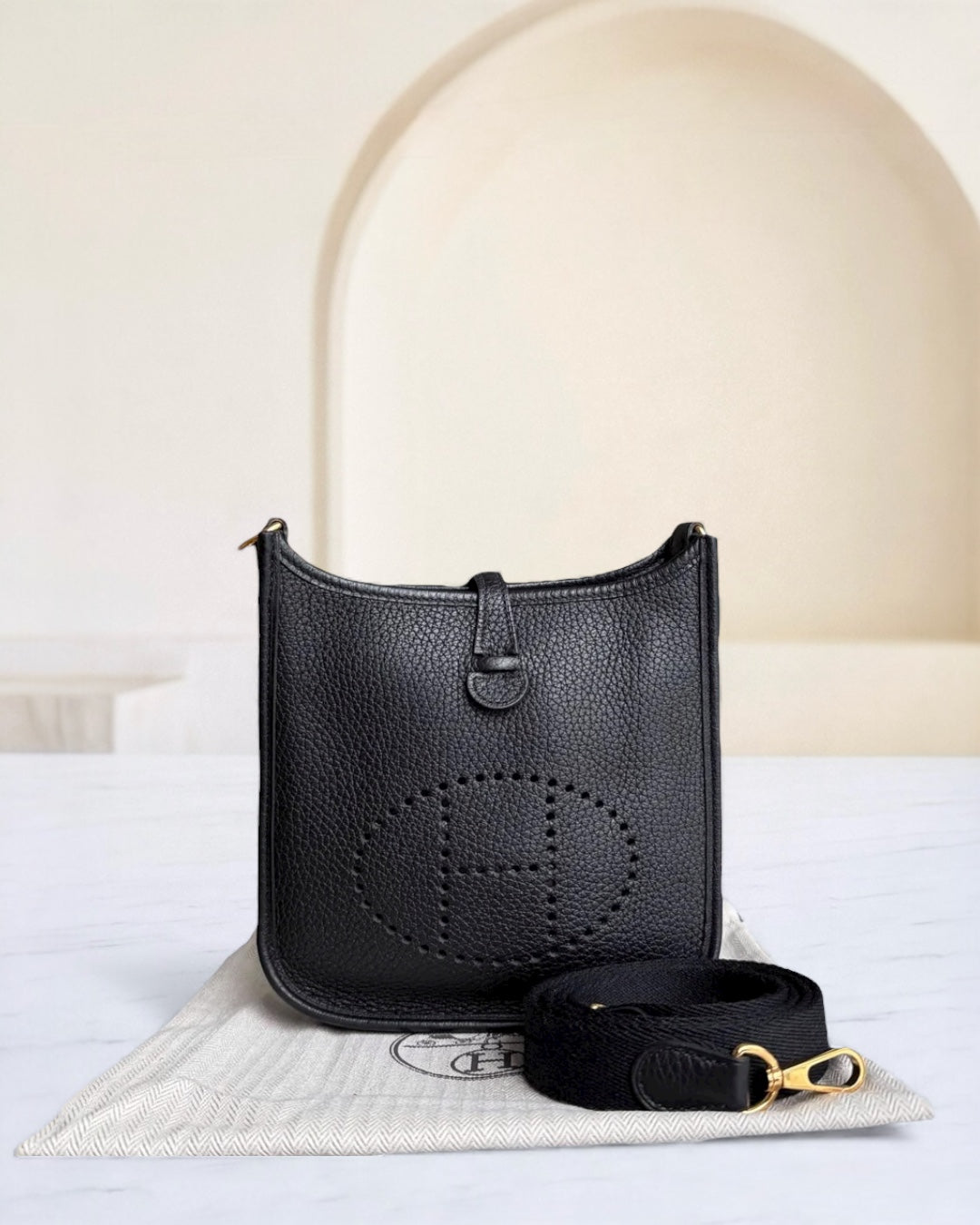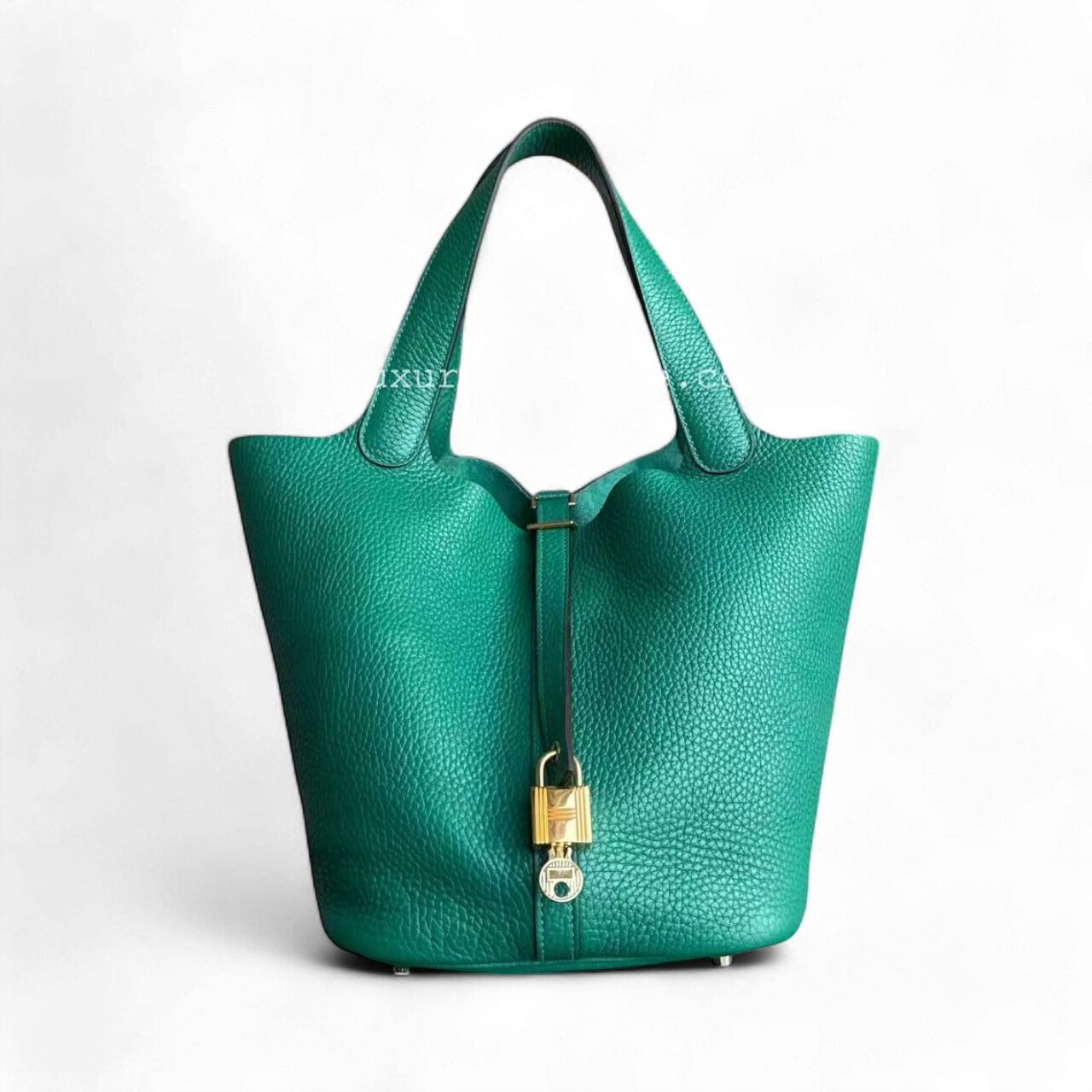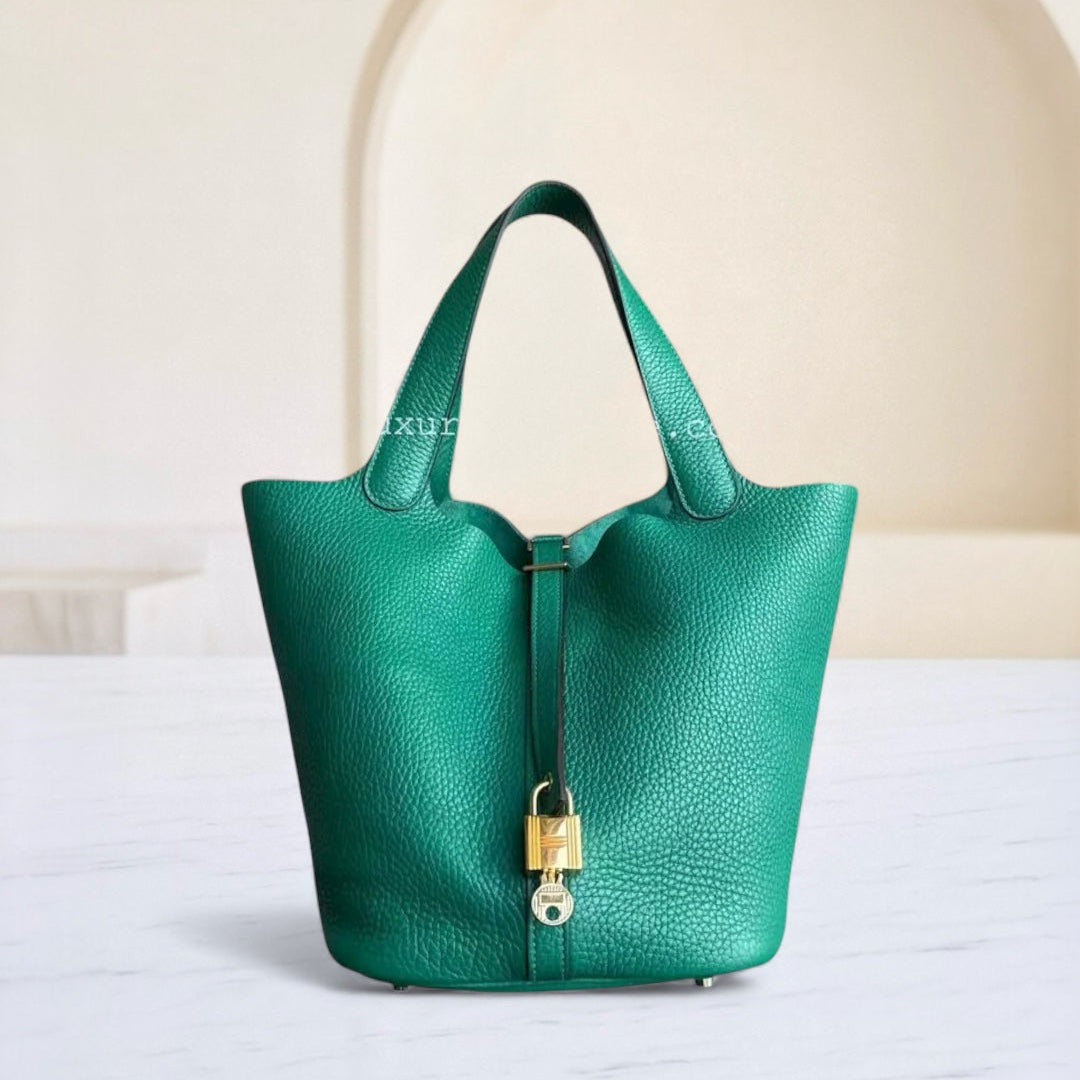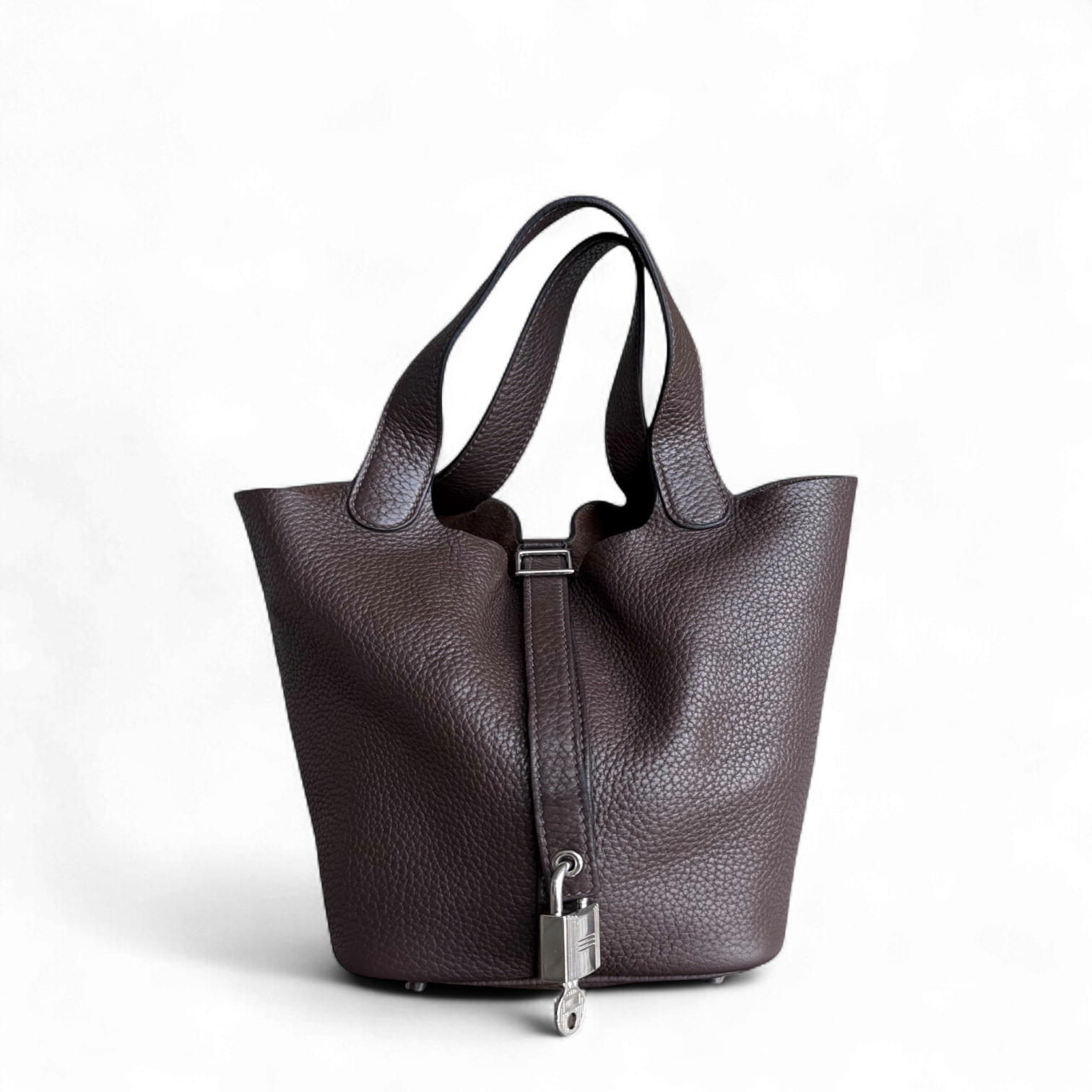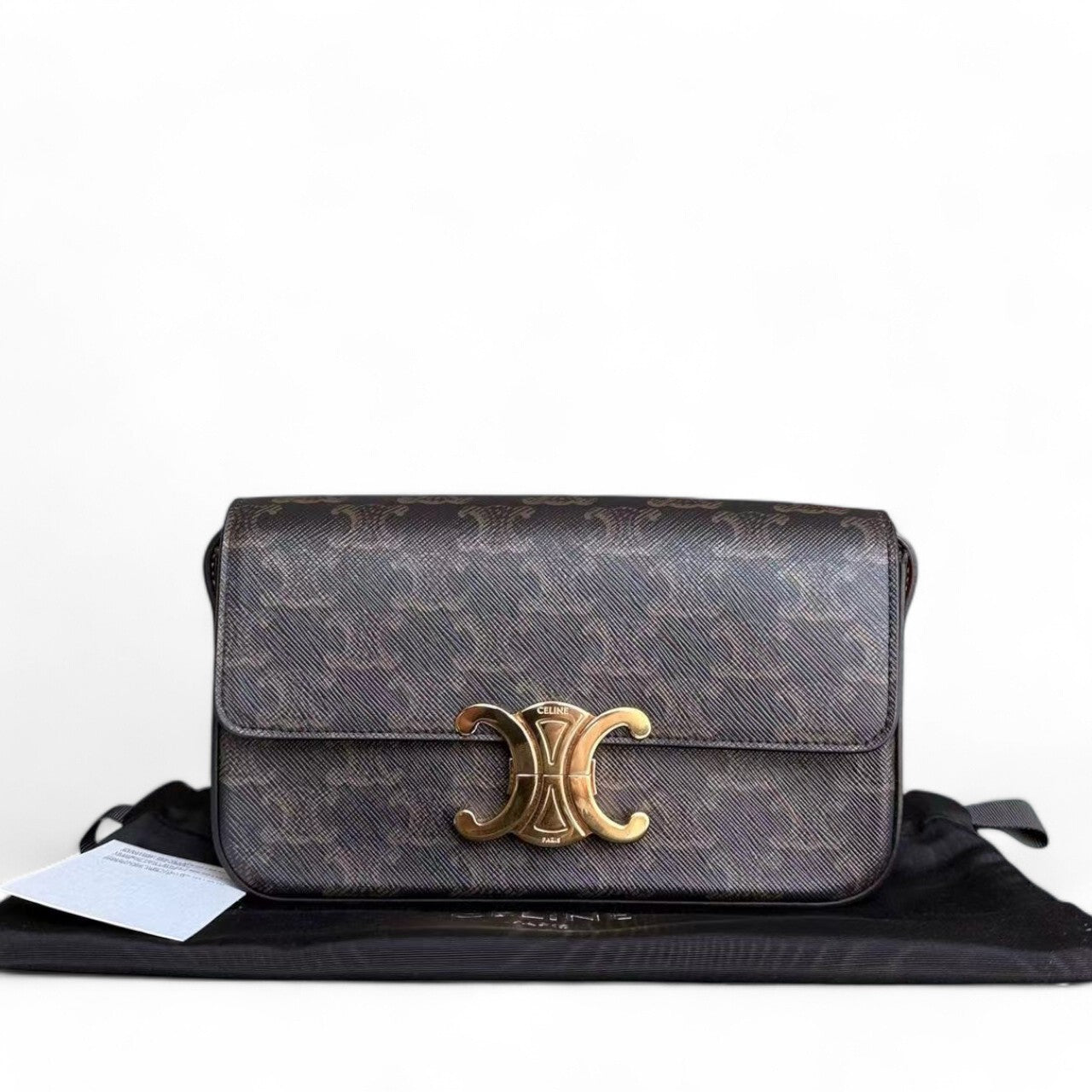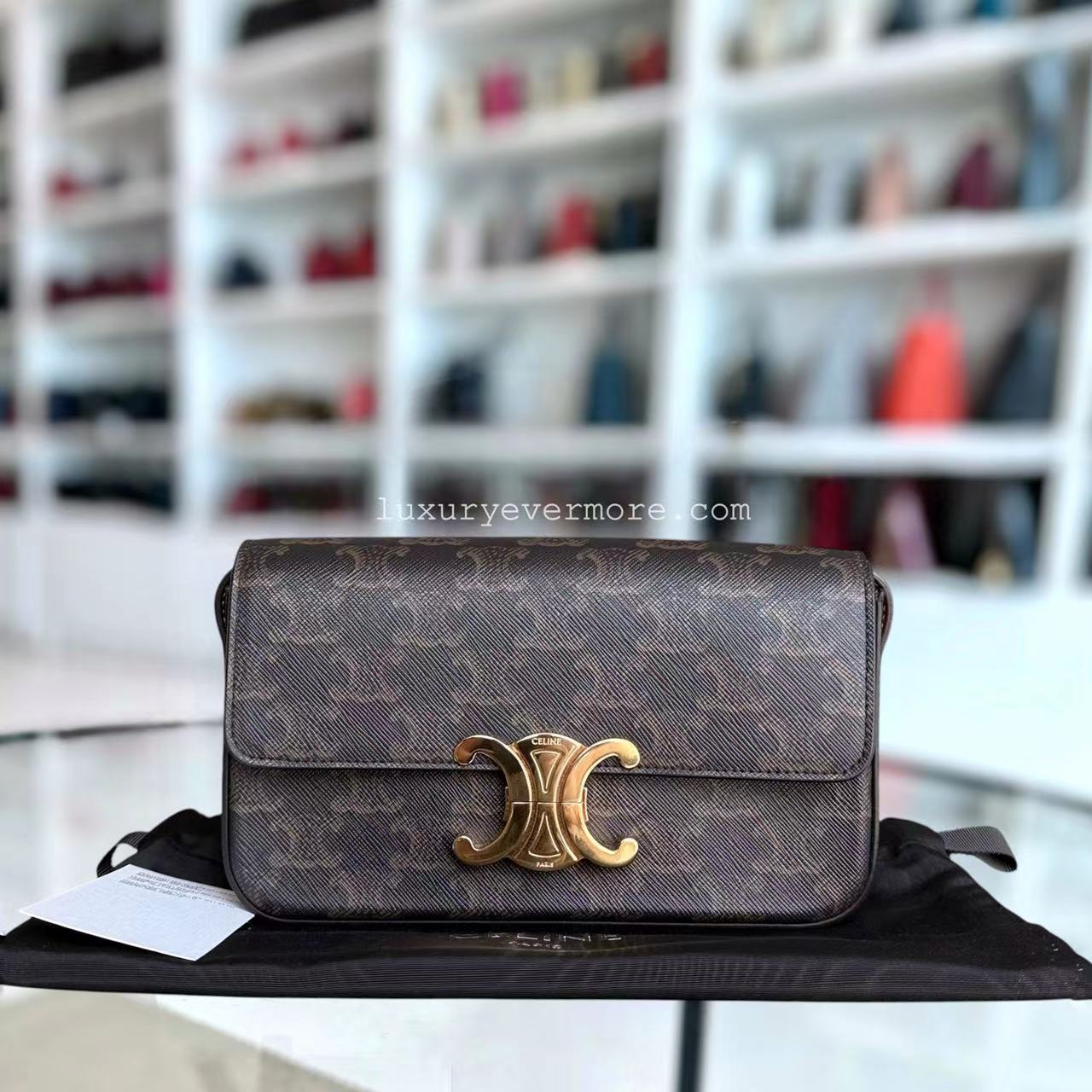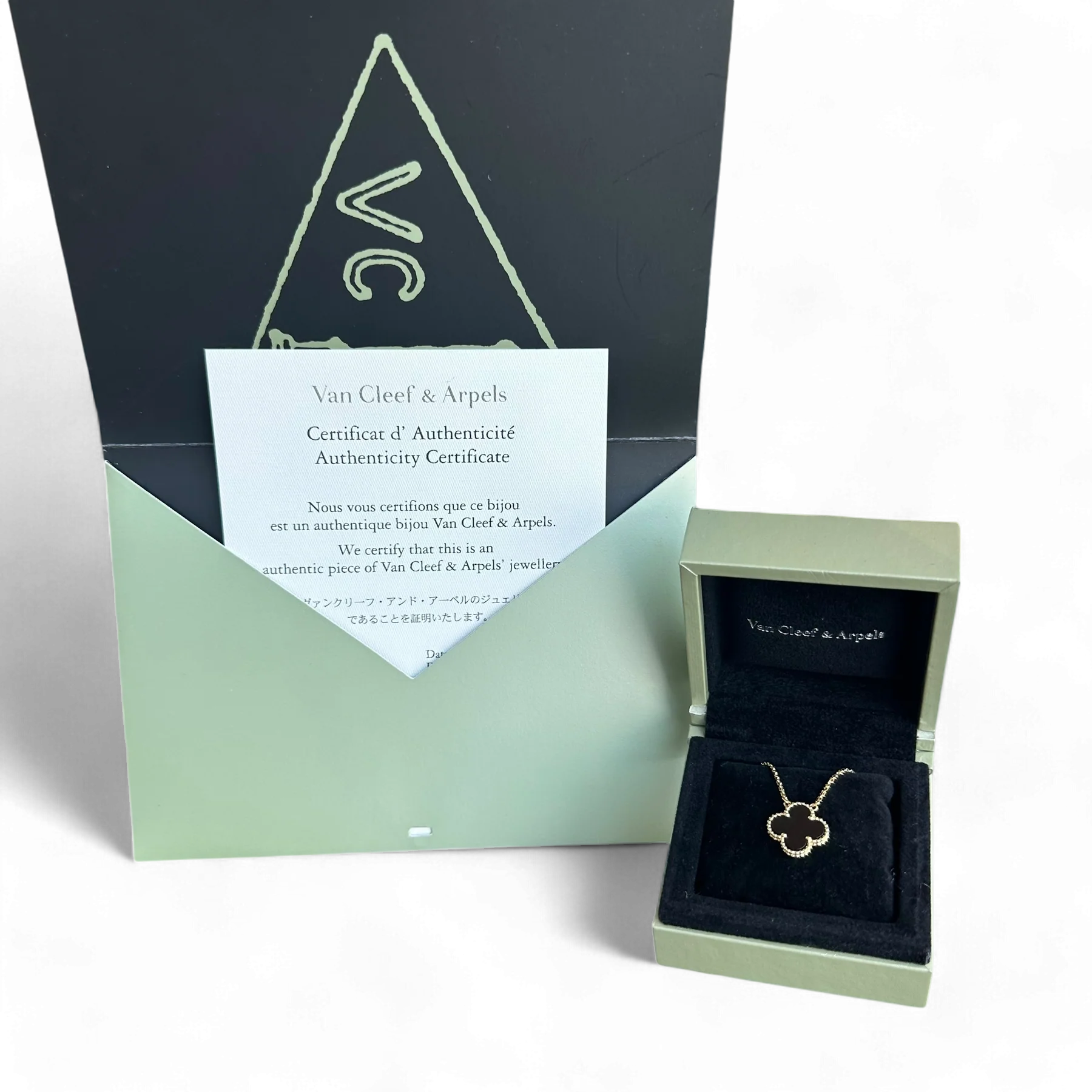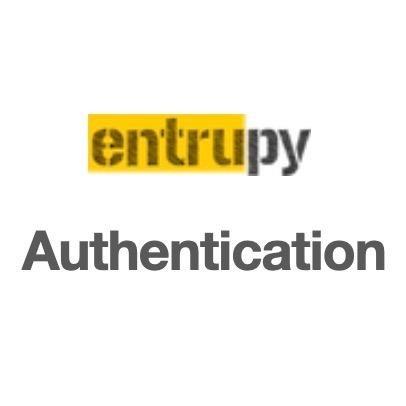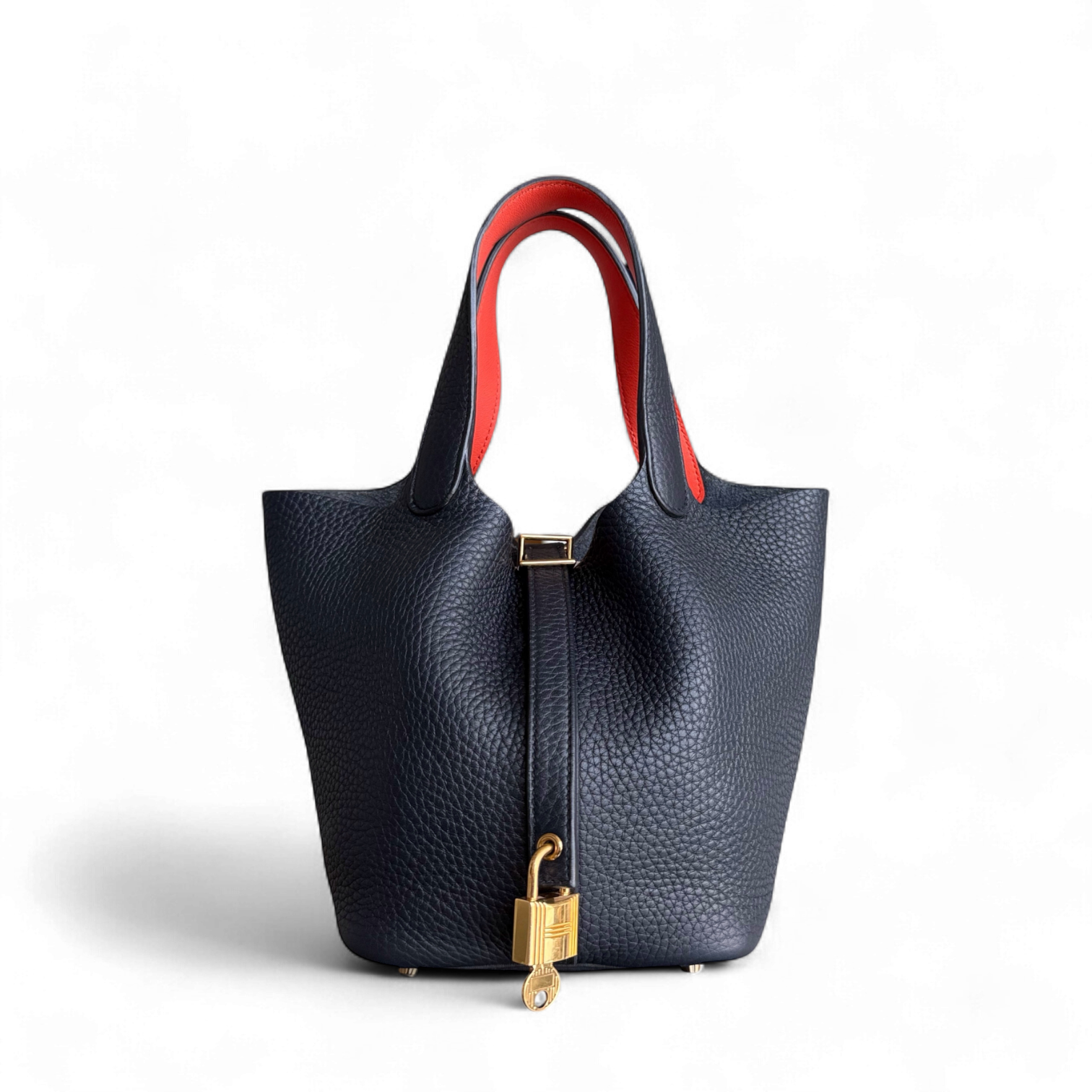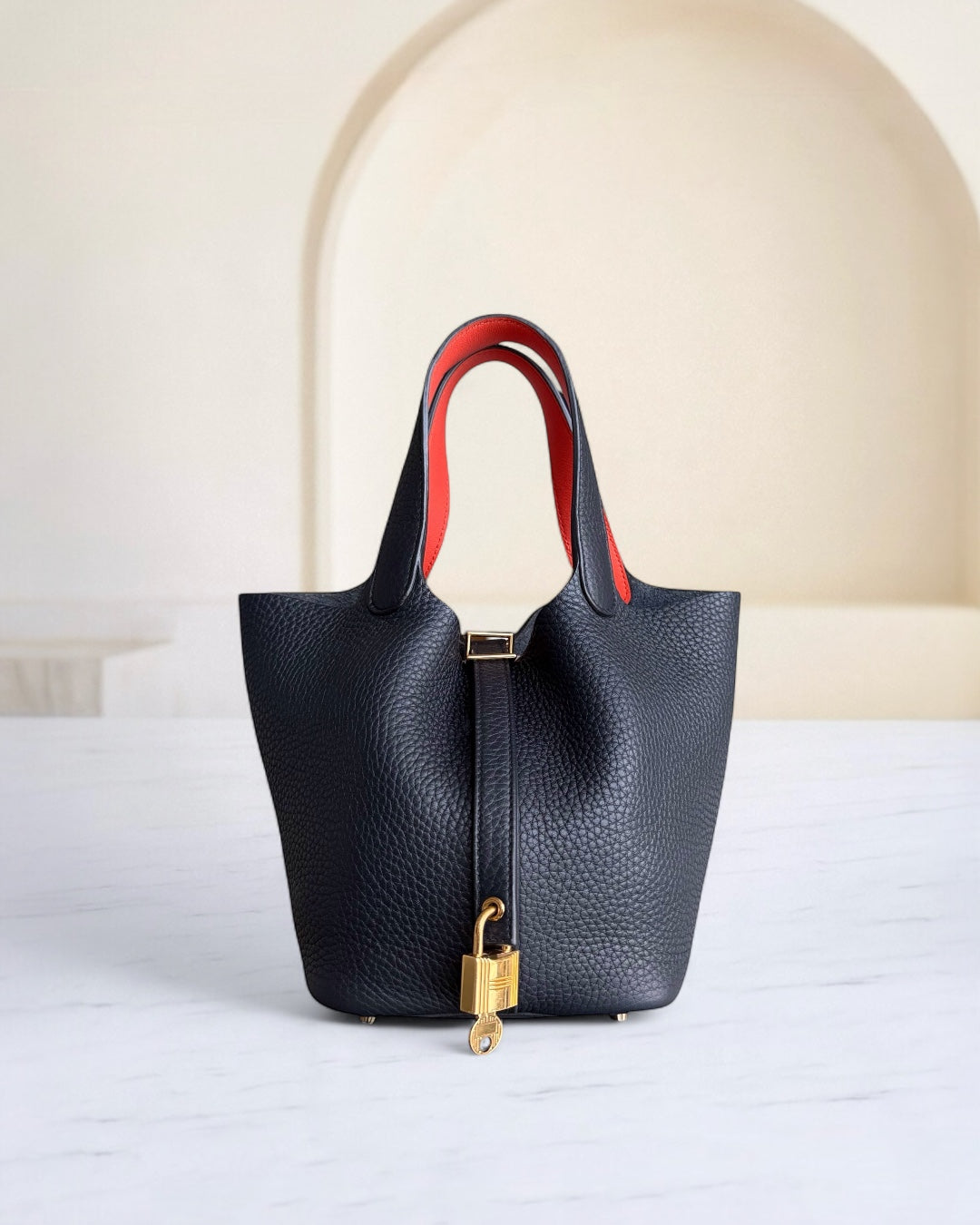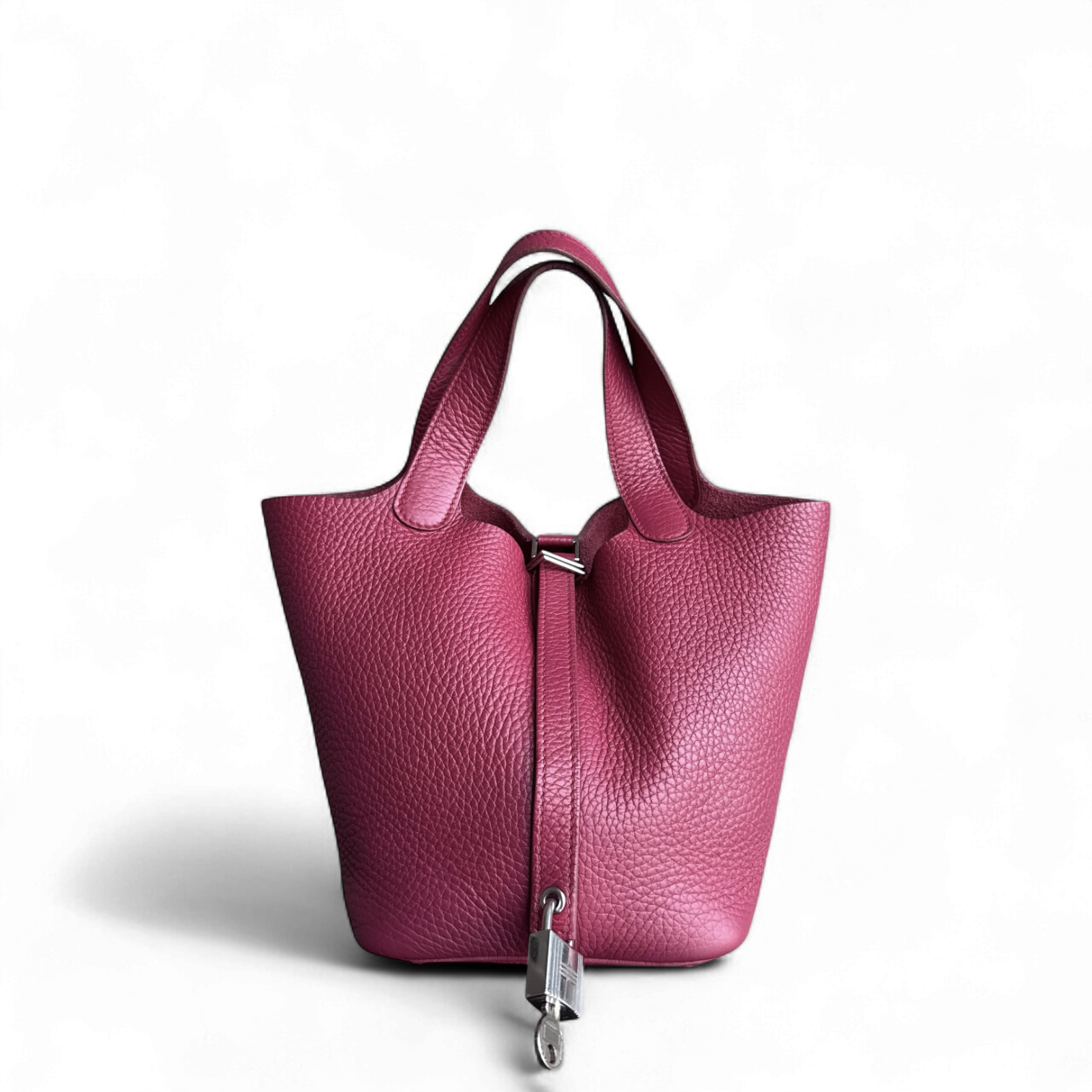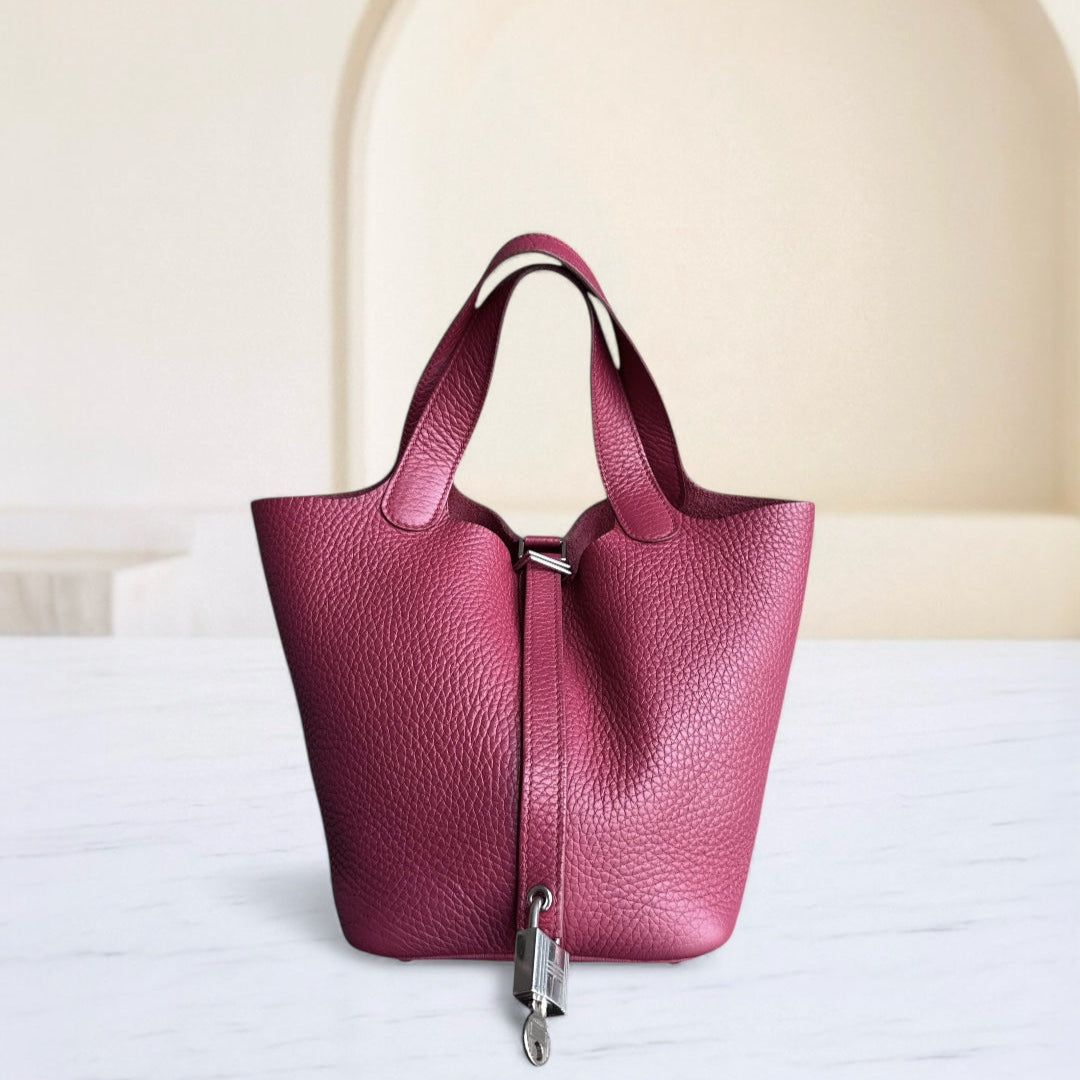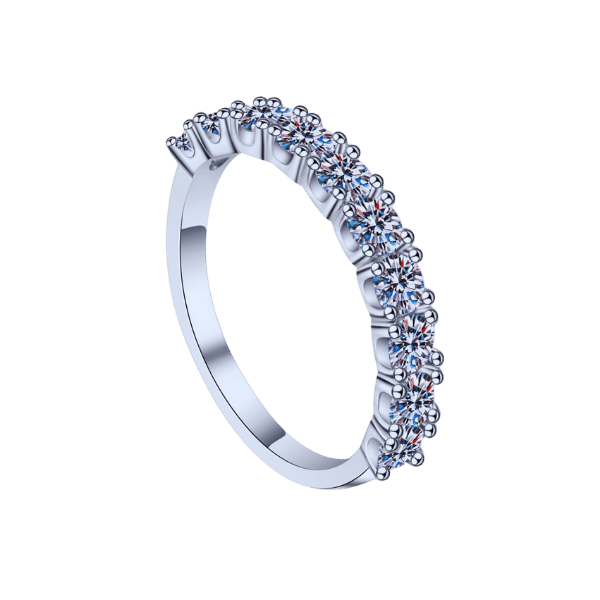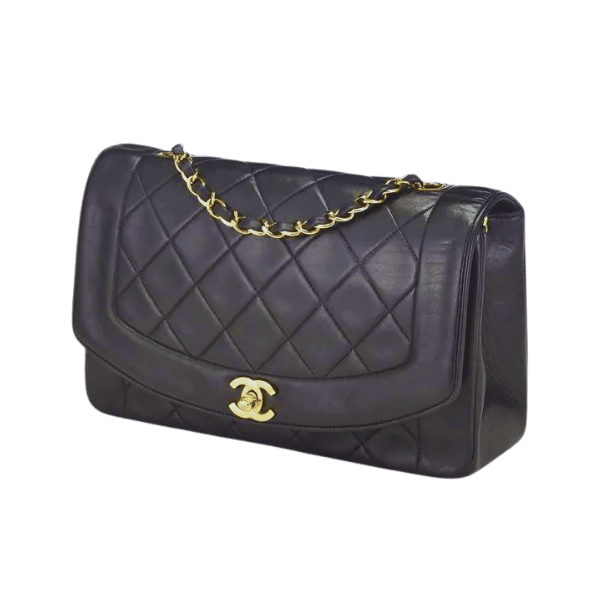How Much is My Watch Worth? Understanding Watch Value and Appraisal
When determining the value of your watch, the process can feel complicated and overwhelming. Whether you hold a vintage collectible, a luxury watch, or an heirloom, it becomes essential to determine its worth. You want to put it on sale, insure it, or simply learn about its history. This takeaway guides you through the key considerations that affect watch valuation, including brand prestige, materials used, age, condition, and market demand. This guide will provide you with insight into how watches are valued and what steps can help you determine the accurate worth of your watch.
Introduction to Watch Valuation

Accurate watch valuation is essential for several reasons. Primarily, one should know the value of their watch to ensure it is adequately insured. Then, those with rare models or those with vintage features are curious to see the worth, as they may be vulnerable to undervaluation or uncertainties in the selling price. Additionally, having a qualified appraisal can help one observe market trends and make an informed decision regarding buying or selling.
The Importance of Knowing Your Watch's Worth
A professional watch valuation is necessary to determine the actual value of a timepiece. It values the watch itself by considering the brand, model, condition, demand, and market in which it is being compared. This knowledge may be crucial to achieving insurance idiosyncrasy, selling it fairly at market rates, or even ascertaining the authenticity of the watch. With such backing, there is very little chance of either undervaluation, overpricing, or an unscrupulous agency cheating you while you make decisions on the investment.
Overview of the Watch Appraisal Methods
- Visual Inspection: The initial examination focuses on the condition and craftsmanship of the watch, including any visible signs of wear or damage. Original components are also checked at this stage.
- Brand and Model Verification: The brand and model name of a watch, if present, significantly determine its value. The appraiser conducts a thorough inspection of the watch to verify its details against official records or databases.
- Serial Number Check: Serial numbers verify a watch's authenticity and help trace its manufacturing history.
- Market Analysis: Incorporating contemporary market demand, recent sales data, and trends among collectors to arrive at fair market value.
- Professional Certification: Certified appraisers and other horological professionals assess authenticity and fair value based on detailed, objective examinations.
Essential Terms for Watch Valuation
- Provenance: The documented history of the watch, including prior owner and origin, is viewed as a significant driver for price.
- Complications: Additional functions besides telling the time. These might include chronographs, moon-phase indicators, or perpetual calendars, and they significantly enhance a watch's desirability and value.
- Condition: Physical state of the watch, including factors such as wear, the quality of any restorations, and functionality. Value is generally given to good watches in their original states.
- Rarity: How rare or uncommon is the watch or the particular model? Limited editions or discontinued items may be sold at a premium.
- Manufacturer: The make of the watch and reputation of the maker influence market demand and, therefore, price, especially with esteemed houses such as Rolex, Patek Philippe, or Audemars Piguet.
Factors Influencing a Watch's Worth

Brand Influence on Watch Value
The brand of a wristwatch has always been a primary determinant of price, as it embodies a storehouse of heritage, craftsmanship, and perceived prestige. Considered to be very luxurious on the market, the names of Rolex, Patek Philippe, Omega, and Audemars Piguet are brands that have cultivated their reputation either through decades or centuries of continuous innovation and exclusive high-end manufacturing. For example, Rolex was considered a maker of rugged, no-nonsense timepieces that embody the qualities of "timeless." At the same time, Patek Philippe was regarded as a maker of complicated watches, produced in limited numbers.
Market trends indicate that watches from better-known brands consistently exhibit either value retention or appreciation. There have been reports pointing to the current secondary market. Rolexes, such as the Submariner and Daytona, sell for a high premium in the resell market, often exceeding their retail prices. The Patek Philippe Nautilus collection had evidently extraordinary demand: some of the emerging models sold at two to three times their retail prices due to intentional scarcity and the brand's desirability.
Other brands, such as Audemars Piguet and Tag Heuer, may benefit from their association with sports and high-profile endorsements to maintain their appeal. High-profile collaborations or partnerships also go a long way in building a brand. The value of Omega was shaped through its ties to NASA and the "Moonwatch" program, supporting the Speedmaster as a watchmaking icon.
A watch brand's influence tends to extend beyond the mere watch, shaping the narrative, stature, and prestige in primary and secondary markets, and among the key drivers of a watch's financial value.
Model and Reference Number Significance
Model and reference numbers are crucial for identifying and evaluating a watch in terms of value and authenticity, as well as determining its history. They serve as a unique identifier for a particular watch, revealing the collection to which it belongs, the year it was made, and its key features. Examples included a Rolex watch, where reference numbers are generally 4-6 digits long, with each digit representing a particular type of model and the material used. In contrast, Omega uses an alphanumeric system for its case designs, calibers, and materials.
Reference numbers may aid in differentiating one type of model from another. Besides being required for market value and desirability, collectors may look for reference numbers attached to rare models or historically significant designs, such as the 6239 Rolex Daytona "Paul Newman" or the 105.012 Omega Speedmaster, the latter of which is renowned for its association with the Apollo 11 moon landing. Such associations have, in a way, given these references a powerful identity on which the industry can rely.
The further model and the reference numbers help distinguish variations that lend legitimacy. Fake or modified watches often display fake reference numbers or incorrect formatting; therefore, the reference numbers become crucial for verification. Auction houses, secondary marketplaces, and numerous other platforms thus base the appraisal of collectible or vintage watches on these identifiers, thereby contributing to the complex matrix of market forces. In that respect, some knowledge about reference numbers can offer valuable clues and provide content for informed purchase decisions.
Condition and Service History
The condition of a timepiece is a crucial factor in assessing its value and collectibility. Those watches in original condition, or in the case of newer models, in excellent condition, tend to command higher prices due to their aesthetics and possibly better mechanical reliability. Some of the primary condition parameters pertain to the case, crystal, bezel, and strap, as well as any noticeable wear or damage upon inspection. Scratches, dents, or corrosion, for example, may hurt both the market value and functionality.
An equally important aspect would be the documented history of services the watch has undergone. Regular maintenance, including movement service and gasket replacement, helps preserve the timepiece's precision and prolong its lifespan. On the contrary, the inexistent or incomplete documentation of service may create an impression of wear or neglect on the inside of the watch. Such watches enjoy greater valuation by collectors whose upkeep was assured by authorized persons or by keeping original manufacturer parts intact. Insight into both physical condition and service records would lead to a more thorough appraisal, allowing for expert decisions when buying or selling in the horology market domain.
Methods for Determining Watch Value

Online Appraising Tools such as Chrono24
Online appraisal tools, such as Chrono24, provide a powerful medium for assessing the market value of a timepiece. With data and trends sourced from real-time, reliable sources, they identify essential details, including listings of comparable watches, historical sales data, and current demand trends. In doing so, users can find prices, identify variations made on a model, or even gauge the desirability of particular brands or editions. These resources are often combined with sophisticated search algorithms that enable refinements in valuation, taking into account conditions, provenance, and market fluctuations. This, in turn, gives collectors the freedom to make informed decisions based on relevant and accurate market information.
Professional Assessments and Appraisals
When consulting a professional and appraisers, the use of current market data and tools significantly increases the accuracy, reliability, and credibility they lend to valuations. The application of real-time information through reputable digital platforms enables appraisers to account for evolving trends, thereby reflecting the actual valuation in the current demand and supply dynamics. Such assessments can leverage vast databases that allow for the compilation of historical prices, condition data, and item rarities, providing accurate valuations. Combining such data with expert interpretation enables professionals to deliver assessments that are both credible and precise enough to meet the specific requirements of buyers, sellers, or collectors.
Using Serial Numbers for Valuation
Serial numbers help determine the precise value of items, particularly in fields such as collectibles, luxury goods, and electronics. Being unique, serial numbers allow professionals to trace the production history of an item, verify authenticity, or detect forgery. For instance, a few specialized databases and manufacturers' records maintain serial numbers, providing data such as the year of production, model specifications, and retail price at the model's inception, among others. The traceability allows an appraisal to be made based on data of comparable items in both the historical and current markets.
Similarly, serial numbers play a crucial role in determining the rarity and condition of an item. Verified records may indicate a limited production run, and such attributions are significant influencers of price. Additionally, the reports associated with serial numbers may note any repairs or modifications—factors that are also considered when valuing the item. Thus, the professional compatibility of these unique indicators with the inventory information repositories ensures that the valuations obtained will be highly accurate and withstand strict scrutiny.
Common Questions About Watch Valuation

How to Estimate the Resale Value of Your Watch
Resale valuations for watches should always involve an in-depth analysis that considers multiple, highly essential factors. The brand and model of a watch are among its most important considerations. With Rolex, Patek Philippe, and Audemars Piguet being typical examples of prestigious brands, most tend to gain resale value over time due to their prestige, craftsmanship, and demand in the secondary market. Limited-edition models or discontinued pieces will generally sell for more due to their scarcity.
Condition is another important consideration when appraising. Watches will usually be valued more when they show very little wear, with no scratches and perfectly functioning mechanisms, compared to those that require restoration work or repairs. Other timepieces displaying signs of original packaging, authenticity certificates, and/or records of maintenance will likely derive high valuation from such documents, as they assure that the timepiece has been well cared for and have evidence proving its origin.
Market trends also play a role in determining resale values. For example, a currently popular demand for specific types of dial colors, case materials, or complications, such as a perpetual calendar, could serve to increase its value. Observing comparable models at several auction houses or online selling sites provides further insight into current price ranges.
Knowing the production year and serial numbers will then help determine its manufacturing details and historical significance, thereby putting its value into perspective alongside other models. One can also obtain professional appraisals or participate in online watch valuation services to determine value precisely, considering the detailed specifications of a particular timepiece.
What Affects the Luxury Watch Market?
The luxury watch market encompasses a complex network of interlinked variables that influence value formation and that impart the concepts of supply and demand. Reputation and heritage are among the most critical factors. Watches from established brands such as Rolex, Patek Philippe, and Audemars Piguet tend to appreciate in market value due to their long history of craftsmanship and reputation for consistent quality.
Distribution scarcity is another critical factor at play. Limited-edition designs and discontinued collections create exclusivity, which in turn becomes a driving force for demand among collectors and enthusiasts. Similarly, sports models of Rolex Daytona or Patek Philippe Nautilus have witnessed a surge in value due to their limited availability.
The market trend also plays a key role, as consumer preferences change over time. In recent times, stainless steel models and vintage watches have become increasingly in demand, thereby elevating these categories in terms of their rise in popularity and price. The pre-owned and second-hand sectors continue to expand, aided by trusted online platforms, giving luxury watches worldwide accessibility.
Purchasing behavior is influenced by macroeconomic factors, including global economic stability, foreign currency fluctuations, and the level of disposable income. Uncertainty tends to act as a drag upon demand, while an increasingly strong economy would give a lift to sales.
Likewise, endorsement by celebrities and media presence could lead to a sudden swell in demand. Once these high-profile people wear specific models, their desirability levels shoot almost instantly. Digital platforms and social media have, in fact, amplified this effect, making it easier for consumers to identify trending models.
Eventually, the industry, driven by advancements in production technologies and sustainability initiatives, is undergoing a shift. Brands that boast about their ethical sourcing and environmental practices now appeal to the emerging conscientious buyer demographic. These factors interplay to significantly evolve and shape the luxury watch market, thereby underscoring its dynamic and multifaceted nature.
Common Misconceptions in Watch Appraisal
When discussing watch evaluations, it has been observed that certain misconceptions have led to incorrect valuations and, at times, misguided decisions. The prevailing thought is that the age of a watch always determines its value, not its price. Vintage watches will retain some value, but most of the time, factors such as brand name, rarity, condition, and demand carry significantly more weight. For instance, a rare model from Rolex in excellent condition will command a much higher value than some old piece from an unknown brand.
Sometimes, another terminology in the market is that modifications or customizations tend to add value to a watch, such as setting it with diamonds or changing its bracelet. Unfortunately, the converse usually holds; modifications could even be detrimental to the value, especially to collectors who consider authenticity and original parts paramount. As reiterated in the luxury watch business, any piece that retains all its original parts and finish will be graded higher than the same piece that has been altered.
Furthermore, these appraisals are heavily affected by market fluctuations and emerging trends. Black is very much in trend these days, and items that accompany it may experience a temporary surge in popularity before falling out of favor. An example is when limited-edition and sporadic collaborations gain hype, and their worth then depends on how much collector interest is maintained alongside their provenance.
Lastly, many buyers assume that the insurance appraisal represents the actual market value. The valuations for insurance tend to be based on replacement cost, whereas the true resale value may be significantly lower. Understanding these subtle storms of watch appraisals is essential for buyers, sellers, and collectors, enabling them to outmaneuver one another in the competitive luxury watch market.
Tips for Selling or Insuring Your Watch

Finding Reliable Watch Buyers
When it comes to choosing an honest buyer for your luxury watch, utmost importance is given to transparency, reputation, and know-how. Begin the process by studying some of the established watch dealers and platforms that operate in an ethically upright manner and consistently receive positive feedback. They are among the most reputable and recognized watch marketplaces, with Chrono24 and WatchBox being the major players, as they all rely on a secure and personal evaluation of the transaction. Many of these platforms can also provide pricing tools to offer an estimate that can serve as a benchmark for your timepiece.
Another alternative is to work with regional or local dealers who have a physical store outlet. Either way, they allow for in-person appraisals that give you a feel for the market demand and set the negotiation on a face-to-face, commerce-level basis. The only caveat is to verify that the dealer of choice is certified by a recognized industry organization, such as the International Watch and Jewelry Guild (IWJG) or the National Association of Watch and Clock Collectors (NAWCC), which assures adherence to professional standards.
For the sale of expensive vintage or priceless models, one can always make arrangements through auction houses such as Sotheby’s or Christie’s. Such venues gather an international collection of collectors, thereby potentially maximizing the final sale price. The downside is that one must consider the auction fees and commission that this method entails.
Buying a watch is a challenging decision, and one must not only conduct their own research but also verify credentials, identify multiple buyers, make an offer, and finally understand the terms of sale. When reputable sources are contacted in complete transparency, sellers could have the opportunity to realize a fair and secure transaction.
Preparing the Watch for Sale or Insurance
Proper preparation of your watch is crucial to ensure a fair and accurate valuation for sales or insurance purposes. Start by cleaning your watch carefully with a microfiber cloth. Leaving fingerprints or dirt may interfere with accurately assessing the condition of the watch or object during valuation. While doing this, remember to steer clear of using water or harsh chemicals, as these may degrade some delicate parts or affect the water-resistance property of the watch, which is typically compromised when the seals have aged.
Then, assemble all essential documents related to the watch, such as the original box and warranty, receipt, and service records. They lend greater value to the watch while ensuring provenance and authenticity. If replacement parts are included, properly document these particulars. Watches with complete documentation are sold or valued for insurance at substantially higher prices.
The watch should be fully functional, if not serviced professionally by a certified watchmaker when necessary. Proper maintenance, especially for high-end horology subjects, can significantly extend the life of a watch and ensure that its mechanics and aesthetics work in tandem at their best. Also, consider vintage watches very carefully because the original components must holistically affect the value and should not be replaced without a valid intent.
At the time of insurance evaluation, it is essential to obtain a valuation report prepared by a registered appraiser specializing in timepieces. This document provides an official valuation report, detailing the clear itemization of watch components, the price of materials, and the peculiarities that affect the price. Upon reaching for a sale, an independent appraisal or market analysis will assist in determining the abnormally acceptable asking price.
If every step is pursued with a positive mindset, there will be a smooth negotiation process: both sides, whether private buyers, auction houses, or insurance providers, will want to maximize their financial outcome and be satisfied with the transaction.
Using Price Guide for Reference
A comprehensive price guide remains crucial in valuing items, providing highly detailed baseline prices based on current market trends and industry standards. These guides customarily source prices from legitimate means such as auction records, retail values, and past sales data. For instance, worthy collectibles, such as rare coins or antique jewelry, may have price guides that are divided by specifications, including condition, rarity, and demand, allowing for their exact evaluation.
The consumer-side changes have rippled into price shifts in the fine art and luxury collectible sectors in the recent past. For example, the fever for mid-century modern furniture began pushing prices upwards. Utilizing the most recent price guides keeps you in touch with trends, ensuring you never underprice or overestimate the value of your item. Double-checking these price guides against multiple sources and understanding market forces makes them more reliable guides for informed decision-making. Always ensure that the guides you use were compiled or at least endorsed by recognized industry authorities.
Frequently Asked Questions (FAQs)
Q: How much does my luxury watch sell for?
A: The appraisal of a luxury watch depends heavily on brand, model, condition, and demand by the market. One might consider, for instance, seeking the aid of a watch expert or using an online price guide to get an accurate appraisal.
Q: What are the factors affecting the market value of my watch?
A: The value of a watch is determined mainly by its brand, model, condition, and age. Whether it has the original box and papers can make a difference. Special attributes, such as limited editions with specialized craftsmanship, may also contribute to that value.
Q: How can I find out how much my Rolex is worth?
A: Set your Rolex's reference number, age, and status as your criteria. You can search for similar models on a site like Chrono24 or get a valuation from a jeweler or watch dealer.
Q: What is the resale value of my vintage watch?
A: The secondary value of a vintage piece tends to fluctuate with its scarcity, state, or popularity at the given time. However, consider exploring recent sales of similar pieces to get an idea of what they are currently selling for in the market, or consider hiring an appraiser.
Q: How can I go about finding the value of my watch to sell it?
A: To find out how much your watch will fetch upon sale, you will first have to take the current market value, condition, and accessories, such as original boxes, into account. Then, approach watch buyers or dealers to get an idea about offers you might receive.
Q: What is an appraisal of a watch, and why must I have one?
A: An appraisal is a professional evaluation of the value of a watch; it provides documentation that you can use to sell your watch or insure it. An appraisal will give you an indication of the true value of your piece in the marketplace.
Q: Can I do something to enhance its value before selling my watch?
A: Yes, regular servicing and cleaning of your watch will enhance its value. That, along with presenting the item in an original box with original papers, can prompt potential buyers to pay a premium for it.
Q: How does the serial number for my watch coincide with deciding its value?
A: The serial number helps narrow down the model and the year of production of the watch. This information can be used to determine the watch's value. Find information on your specific timepiece by consulting brand resources or visiting watch-collecting forums.
Q: What are some important things to know regarding the present value of a gold Rolex?
A: The present value of a gold Rolex can go much higher, as it is basically a luxury item crafted from precious materials. Condition, rarity, and demand in the marketplace are all factors to consider when securing an accurate valuation; therefore, it is encouraged to seek out an expert dealing in luxury watches.
Q: How do supply and demand affect the price of a watch?
A: Supply and demand exert significant influence on watch prices. When demand outpaces supply, the price tends to increase, especially for limited-edition watches or those from highly sought-after brands, such as Rolex and Patek Philippe. Stay up-to-date with market trends to track price fluctuations.
Reference Sources
1. Complete Price Guide For Watches
- The guide covers all factors, including the watch's condition (new or pre-owned) and history (ownership, service records), which considerably affect the market price.
2. Investment Value of a Rolex GMT-Master II
- The article discusses some of the watch models whose investment value is being considered, such as the Rolex GMT-Master II, while also explaining their price and value.
3. Watch
Contact Luxury Evermore should you need help with acquiring or building up your collection. There is a variety of brands with different styles, as well as sizes, and colors, for example, Hermes, Chanel, lv and Dior. If you are not lucky enough to find the bag you are looking for on our website then our concierge team will probably be able to order it for you. We provide 100% authenticity guarantee for all our bags, and any item sold on this site will be dispatched to you within one to two business days upon receipt of the payment.
